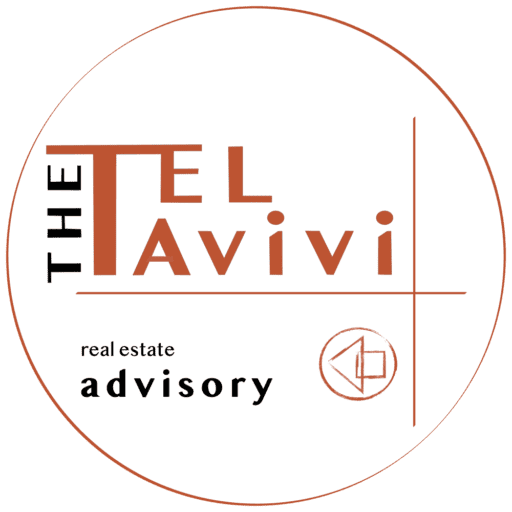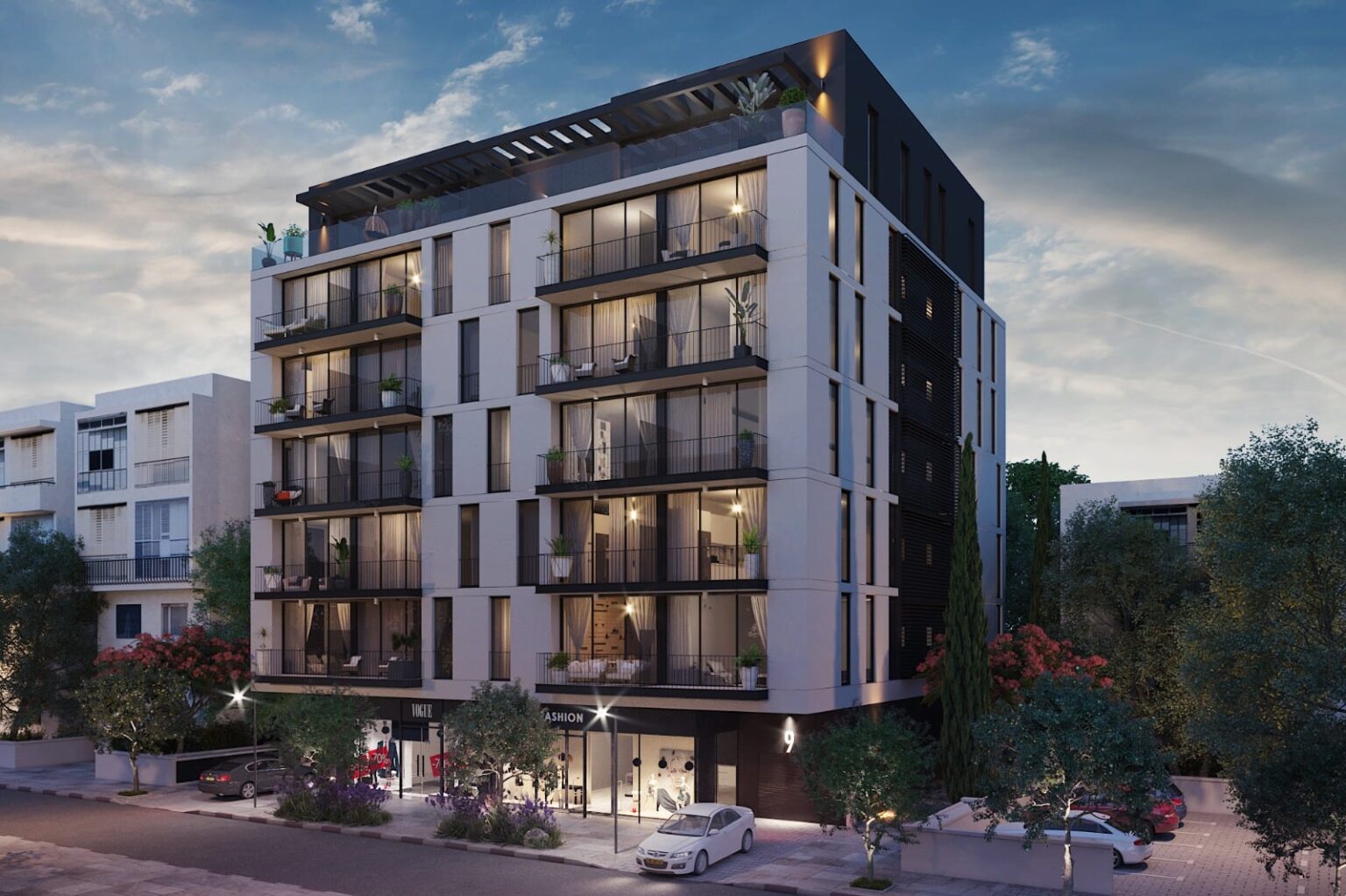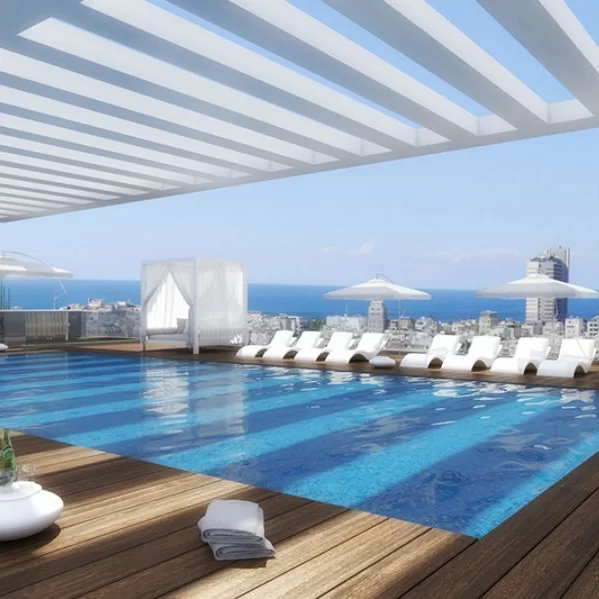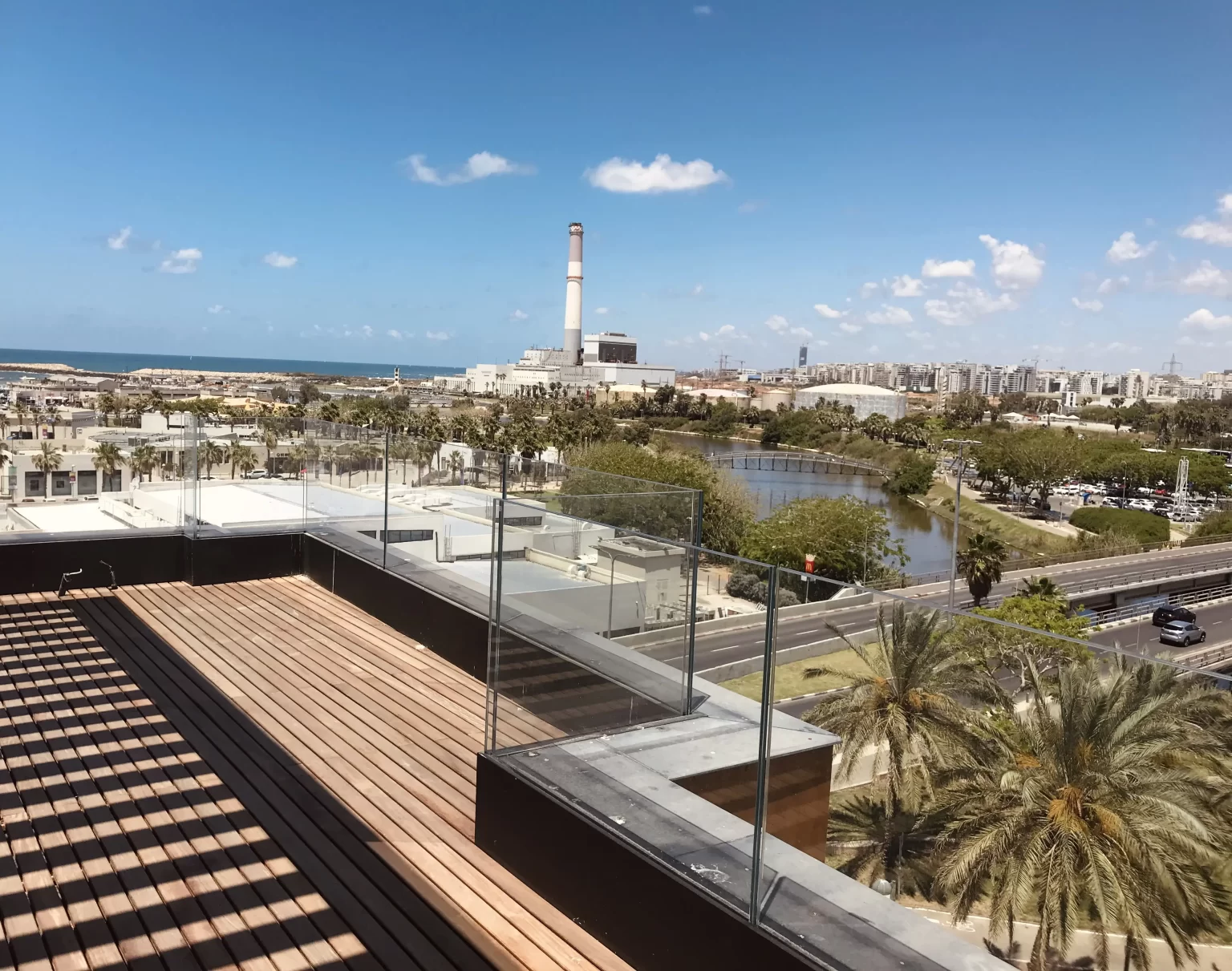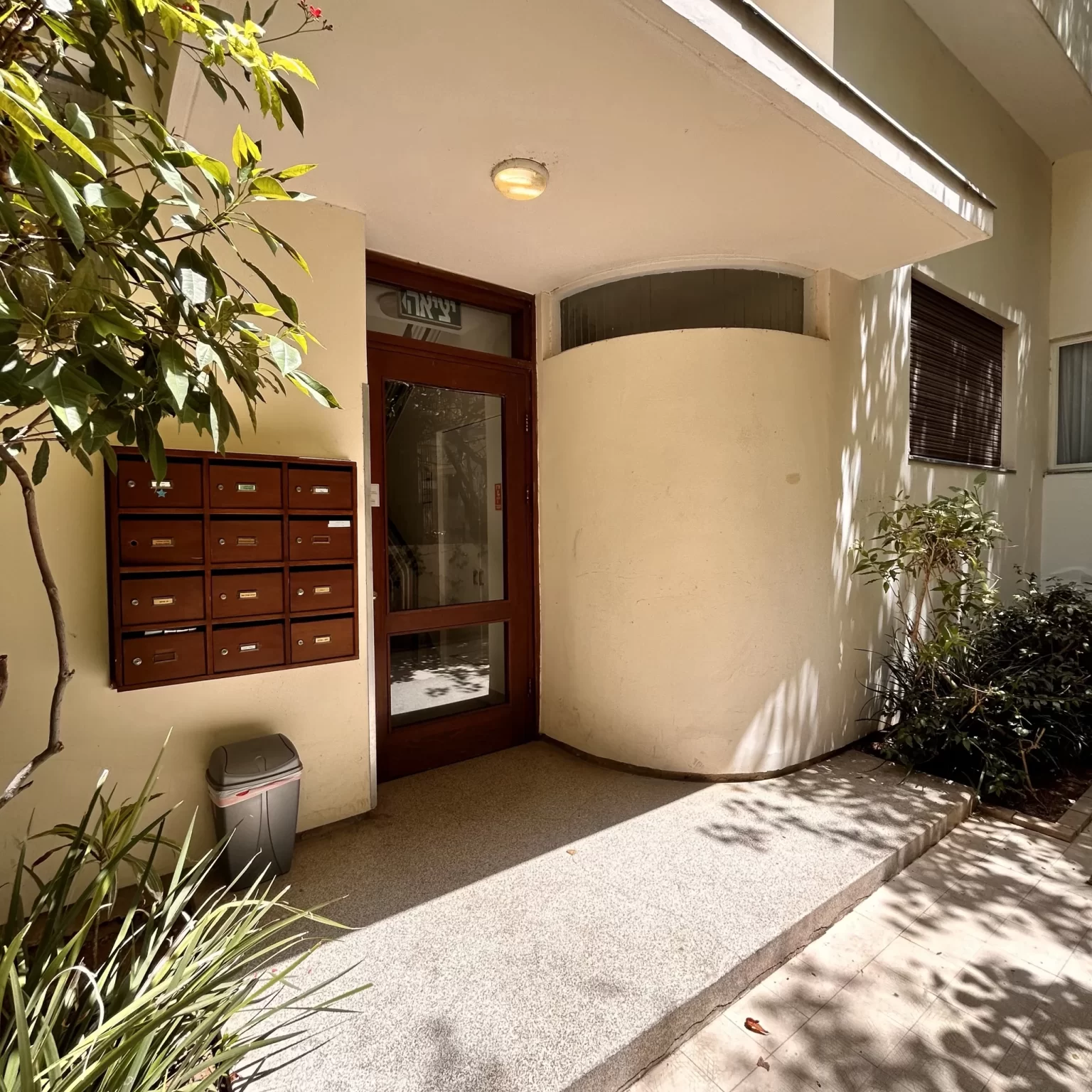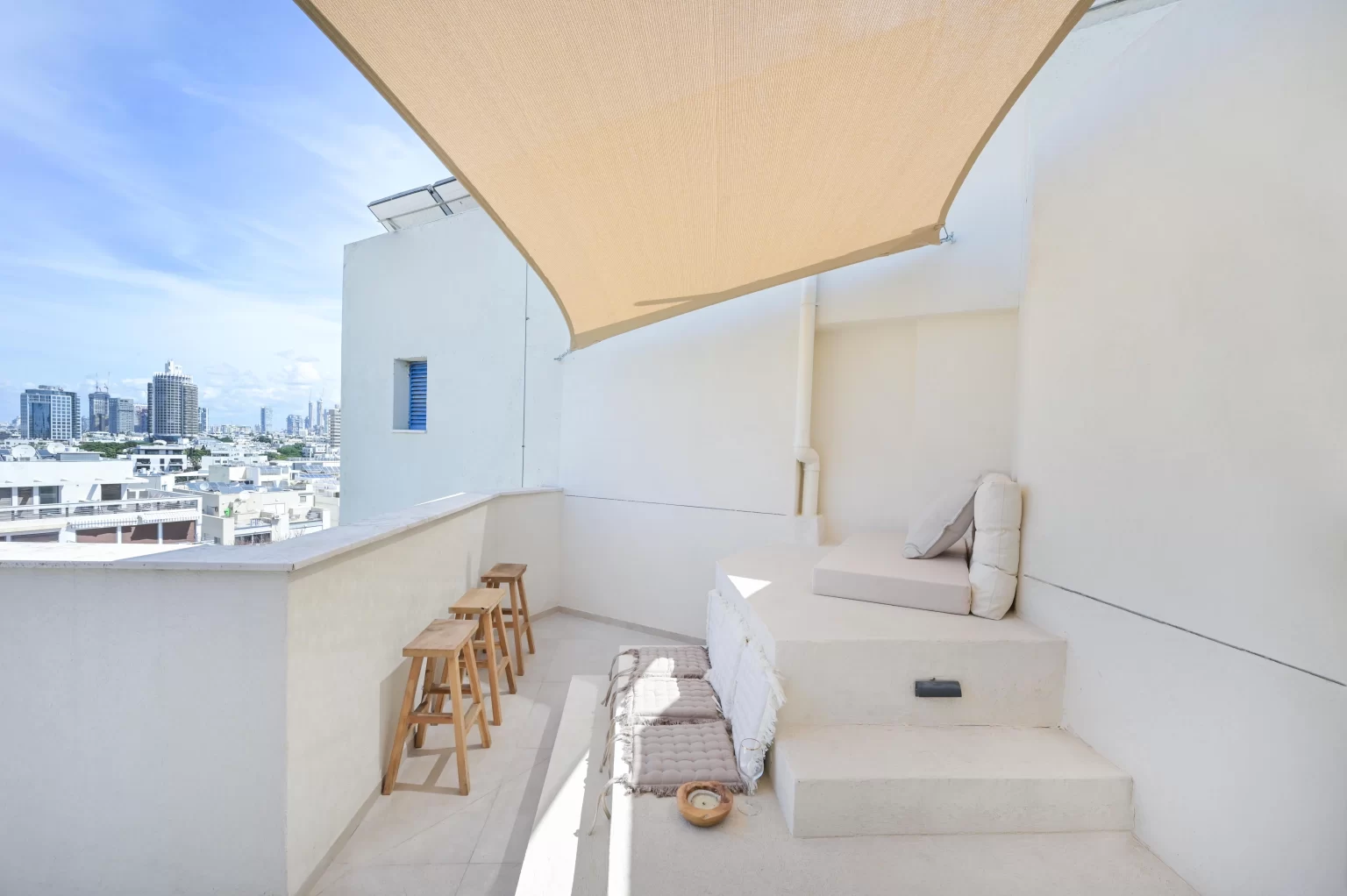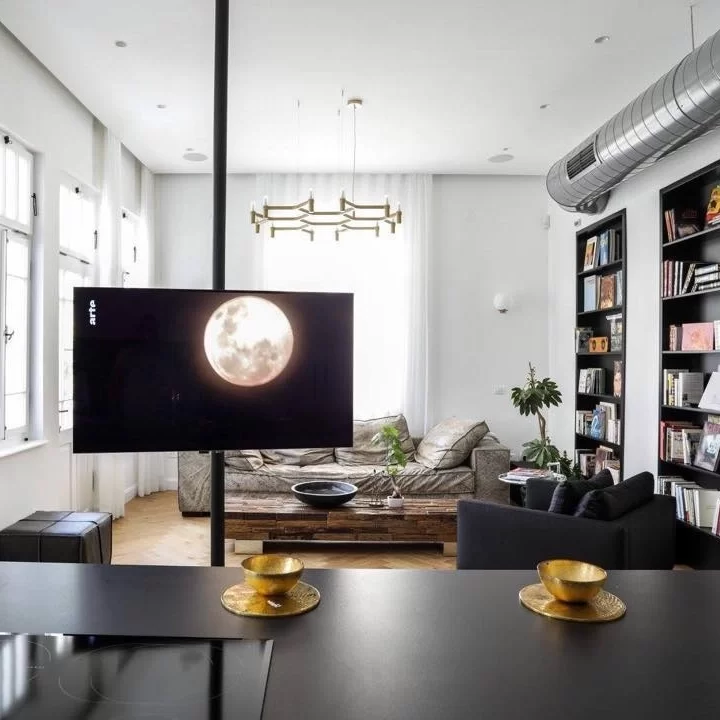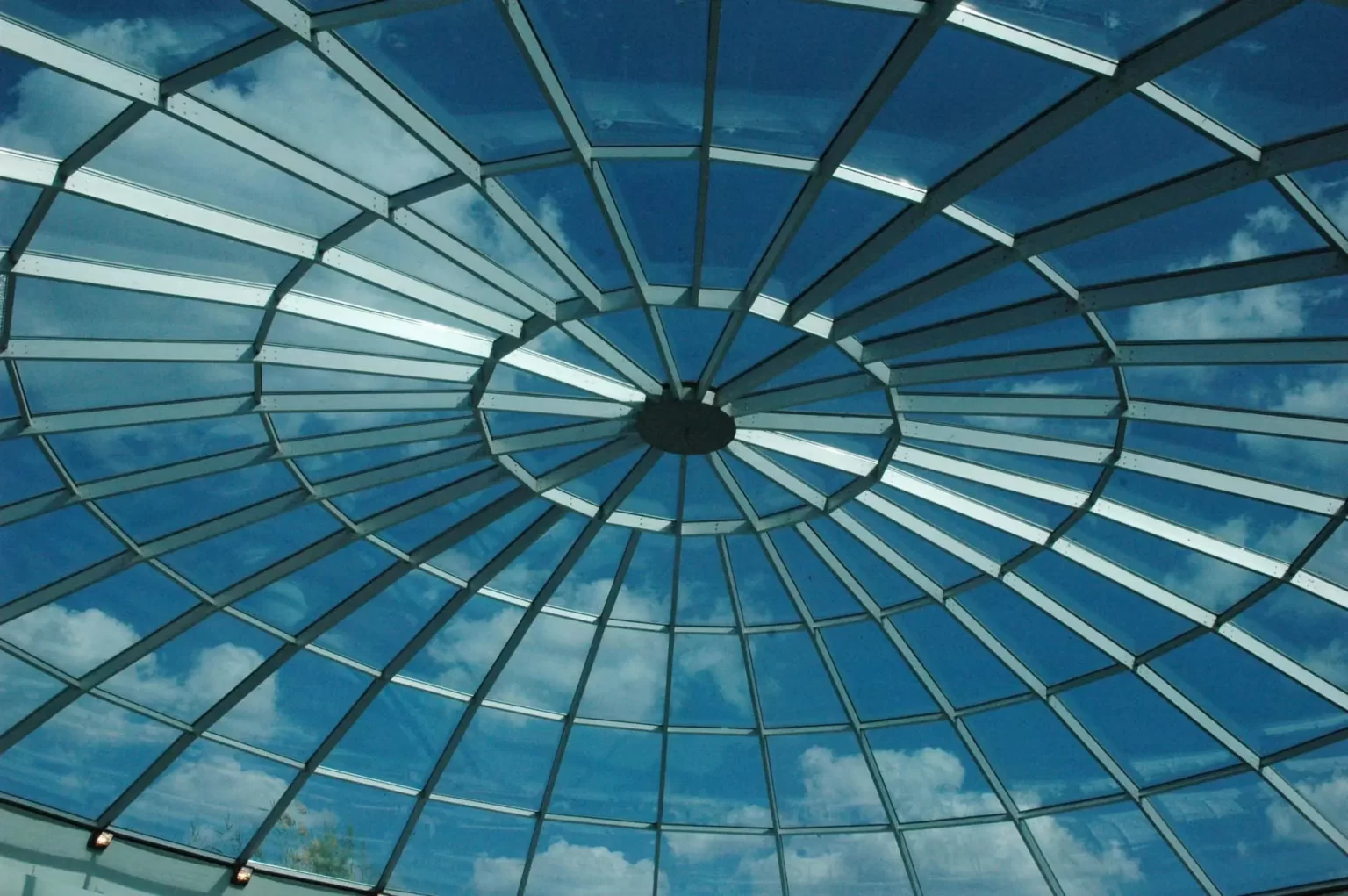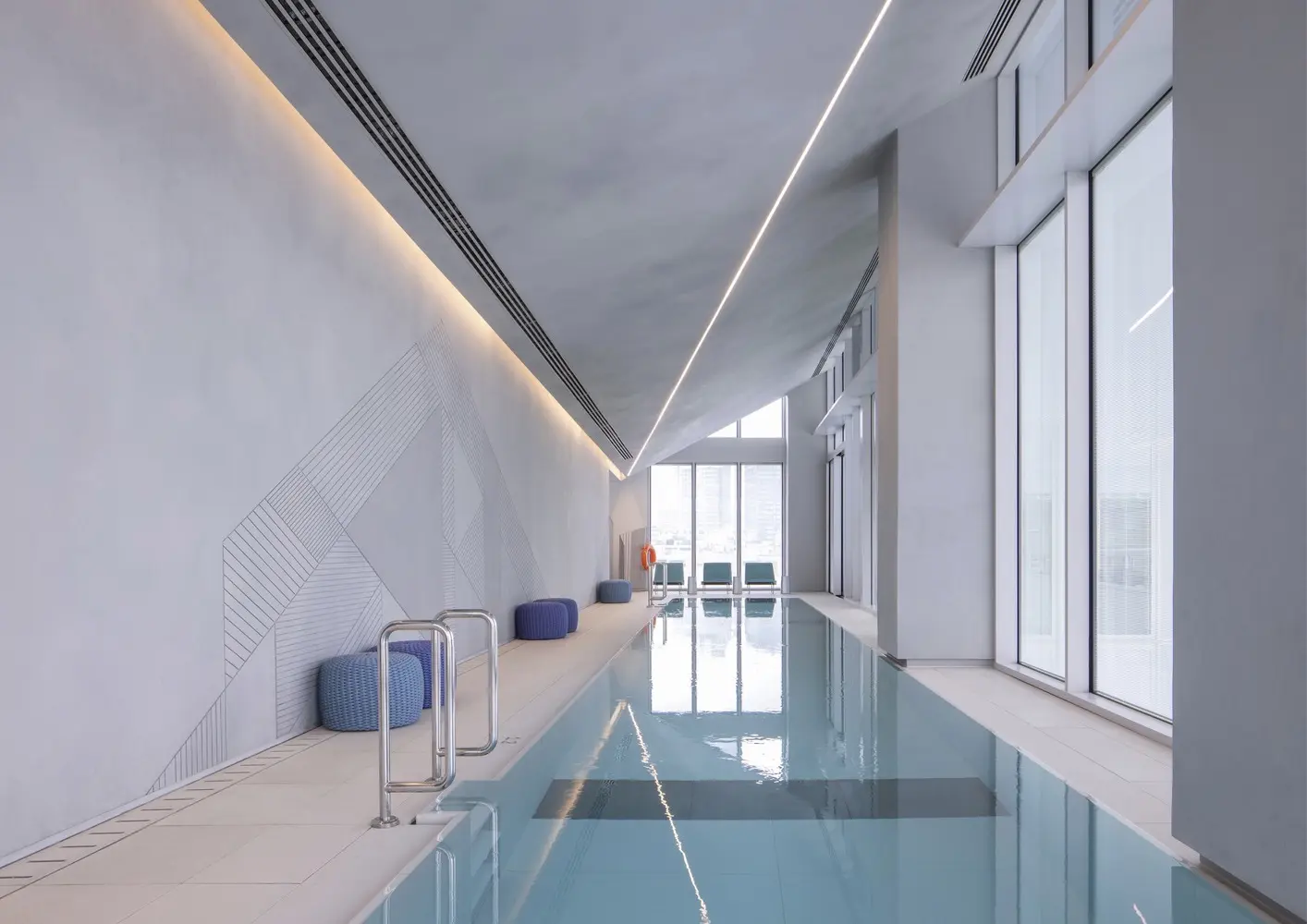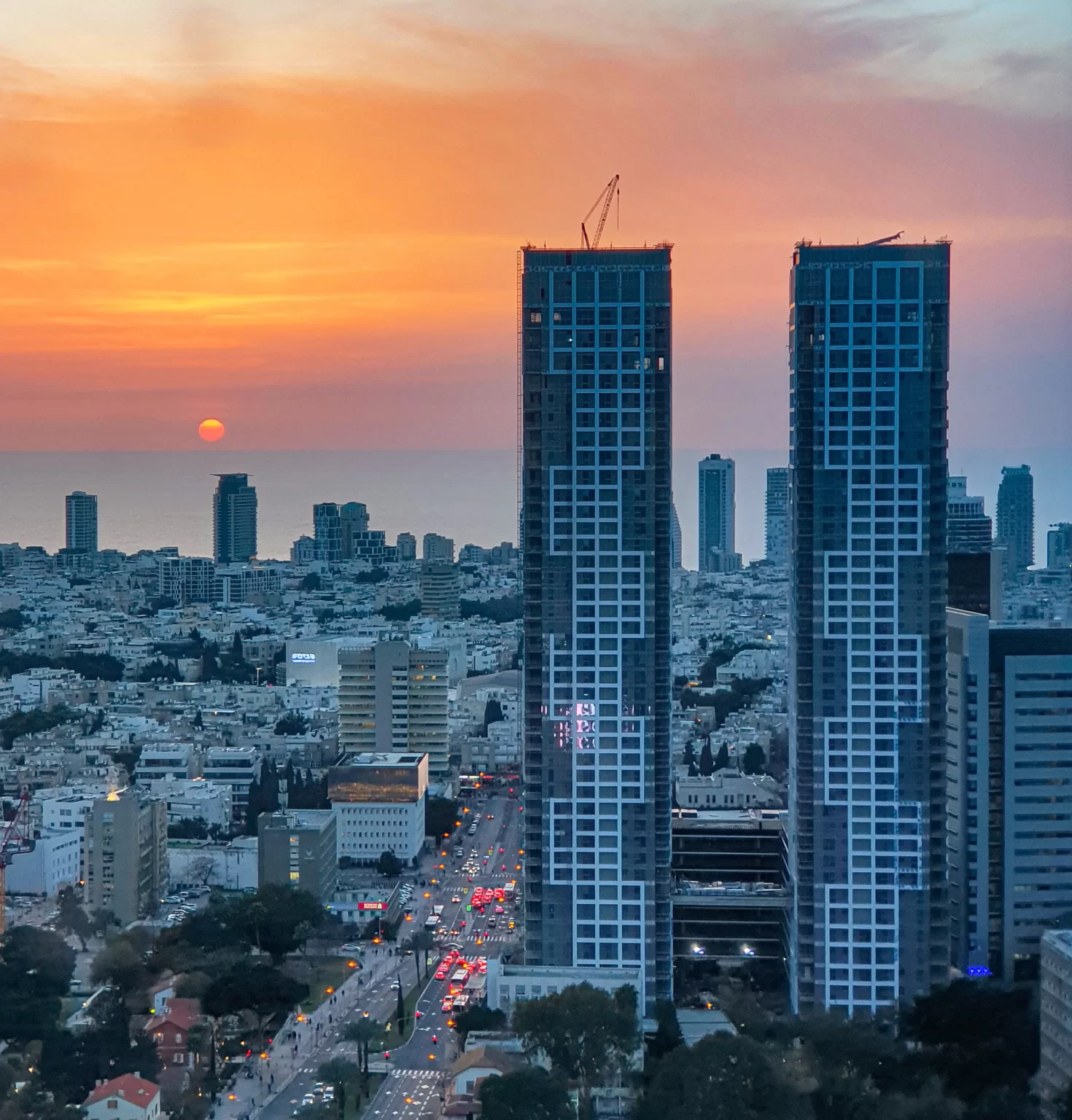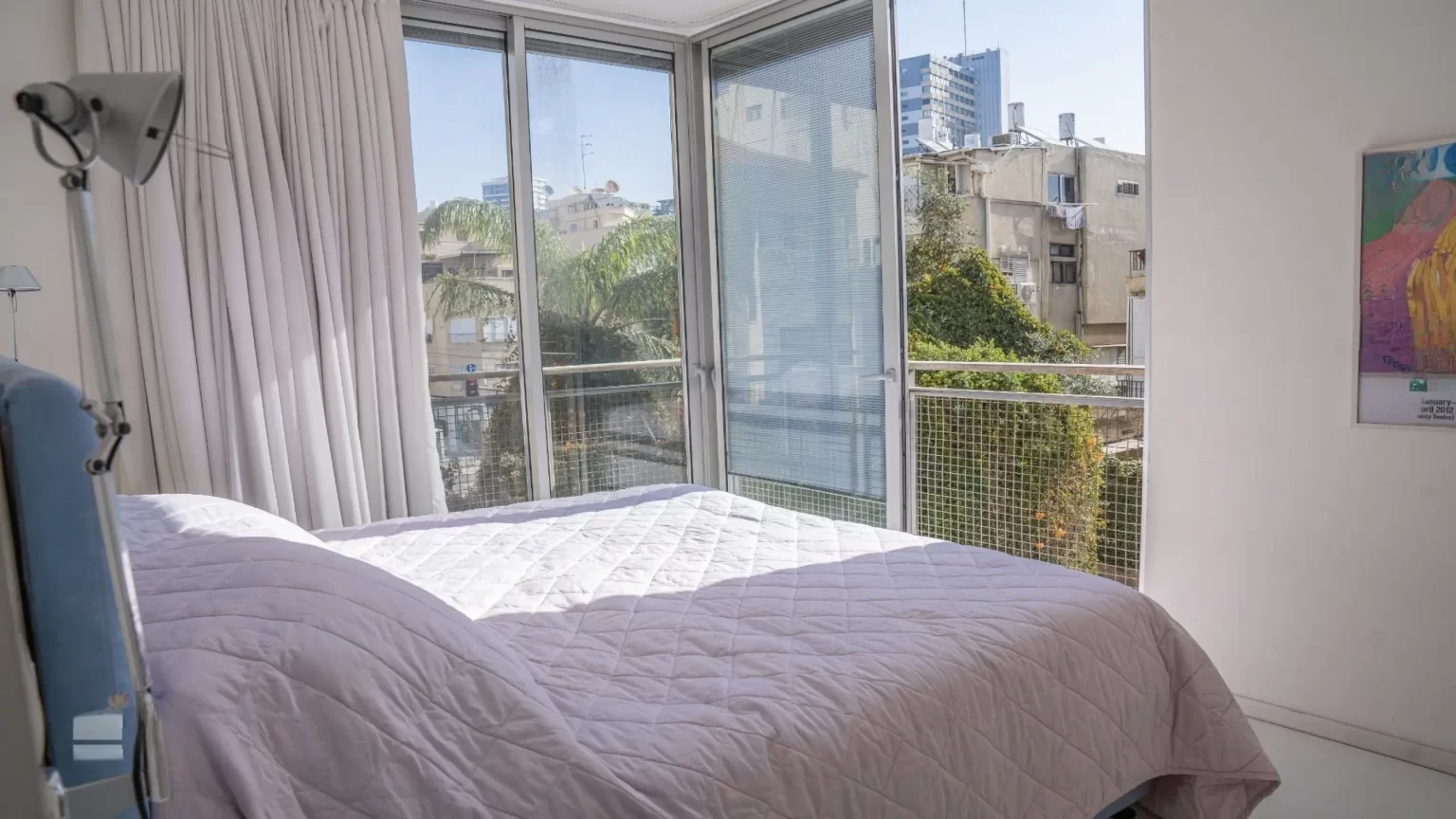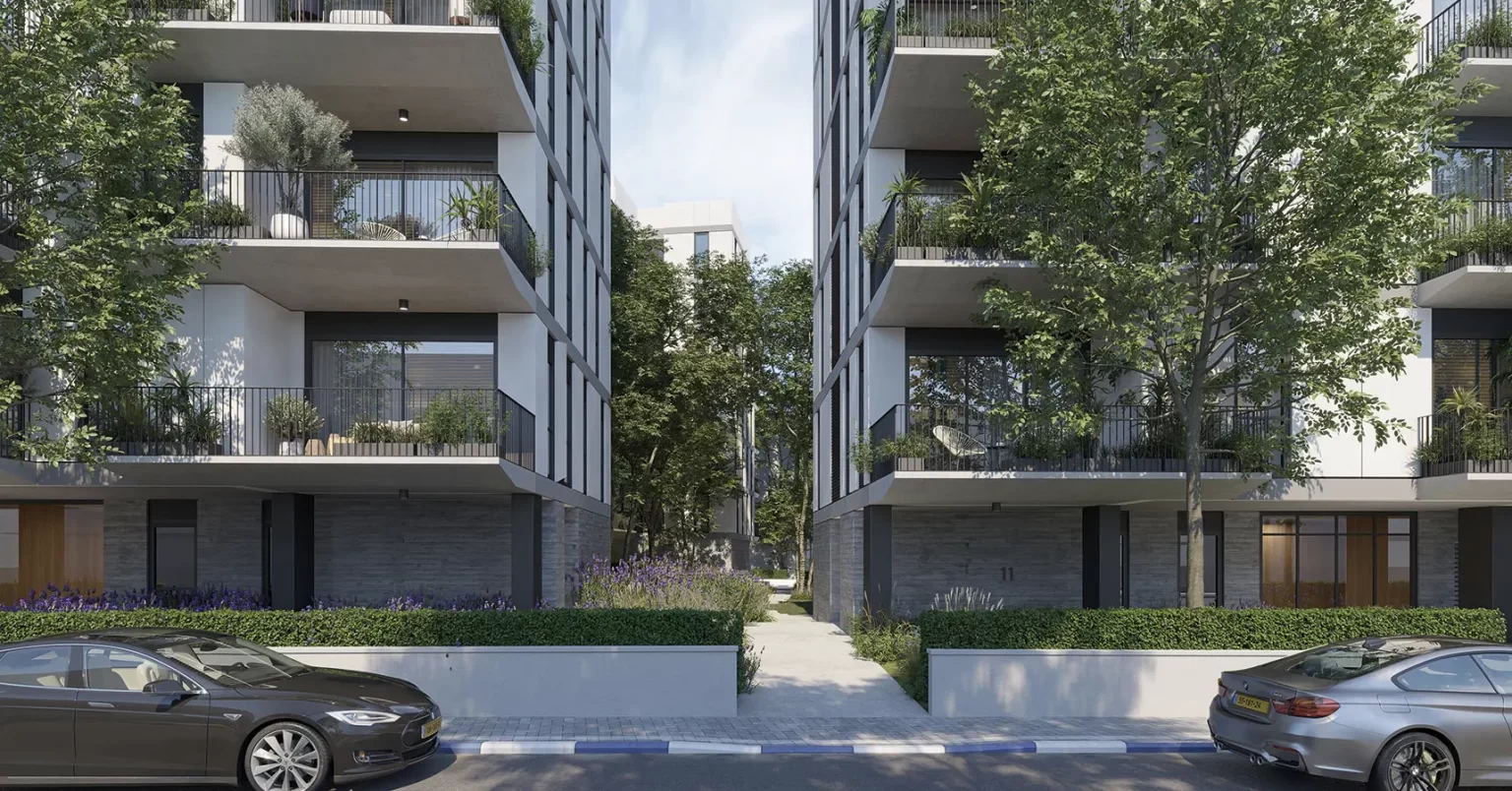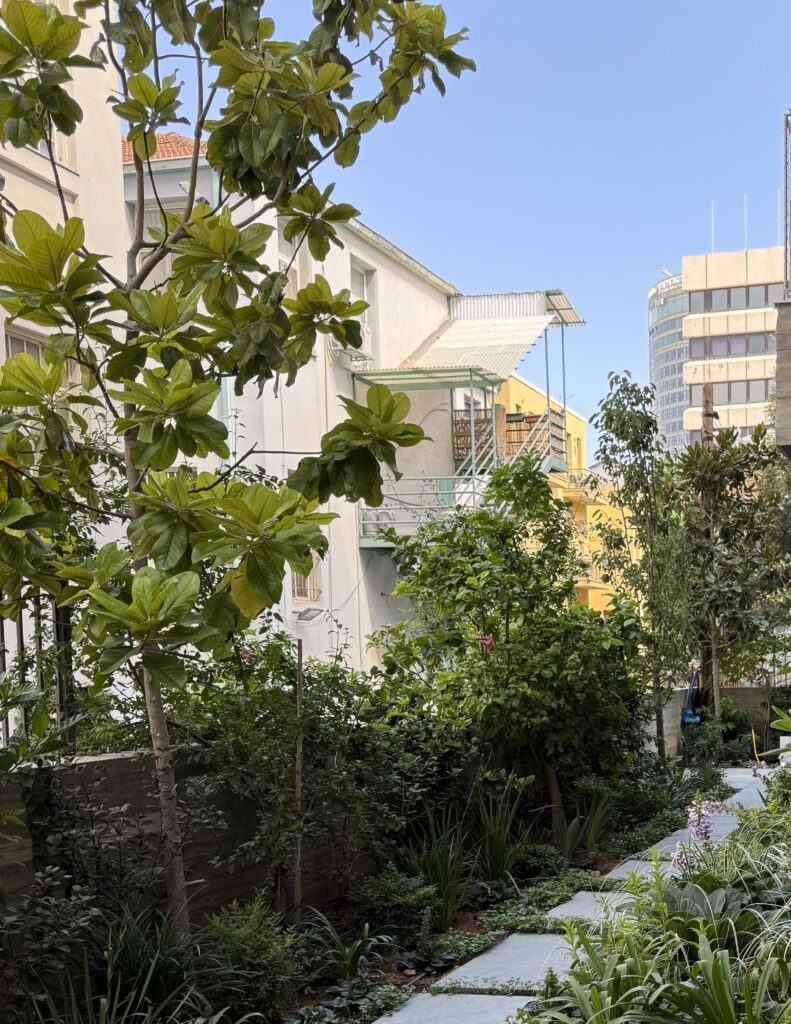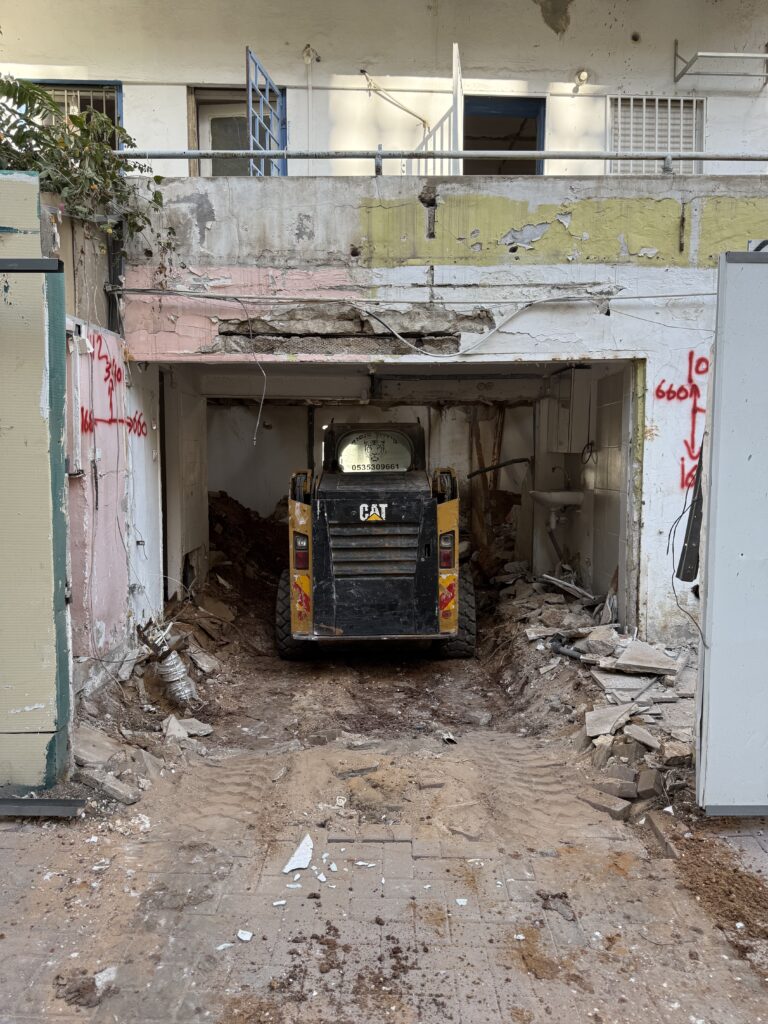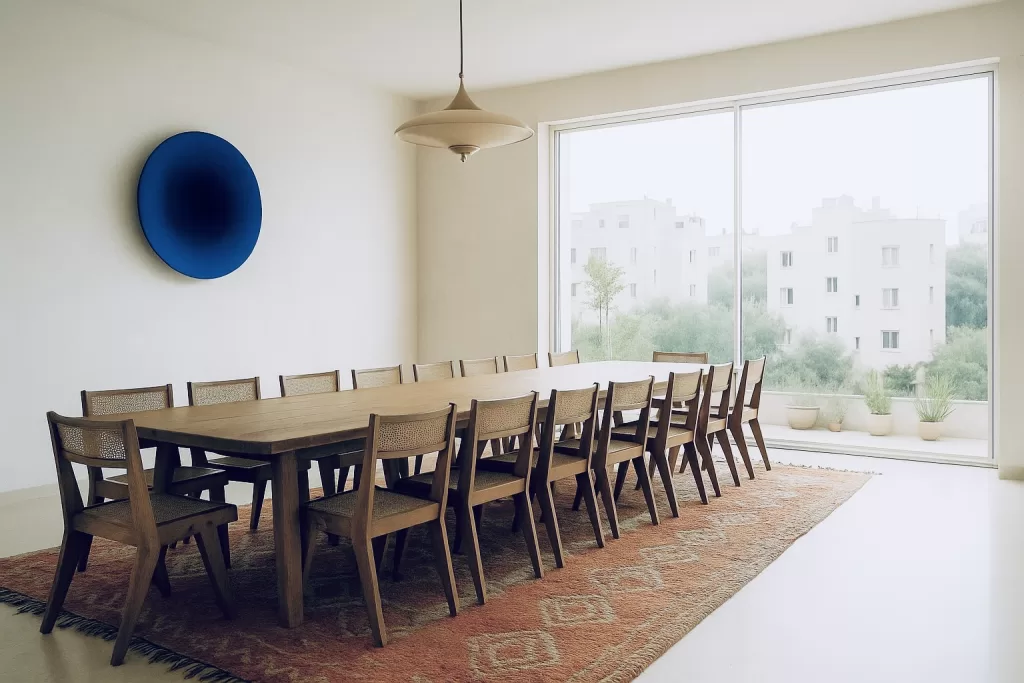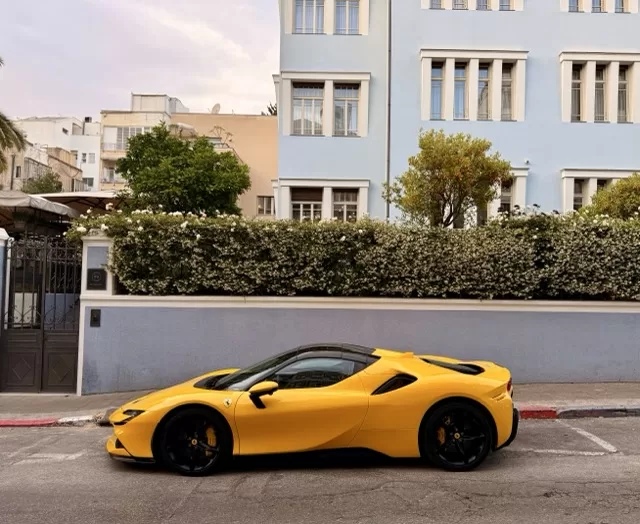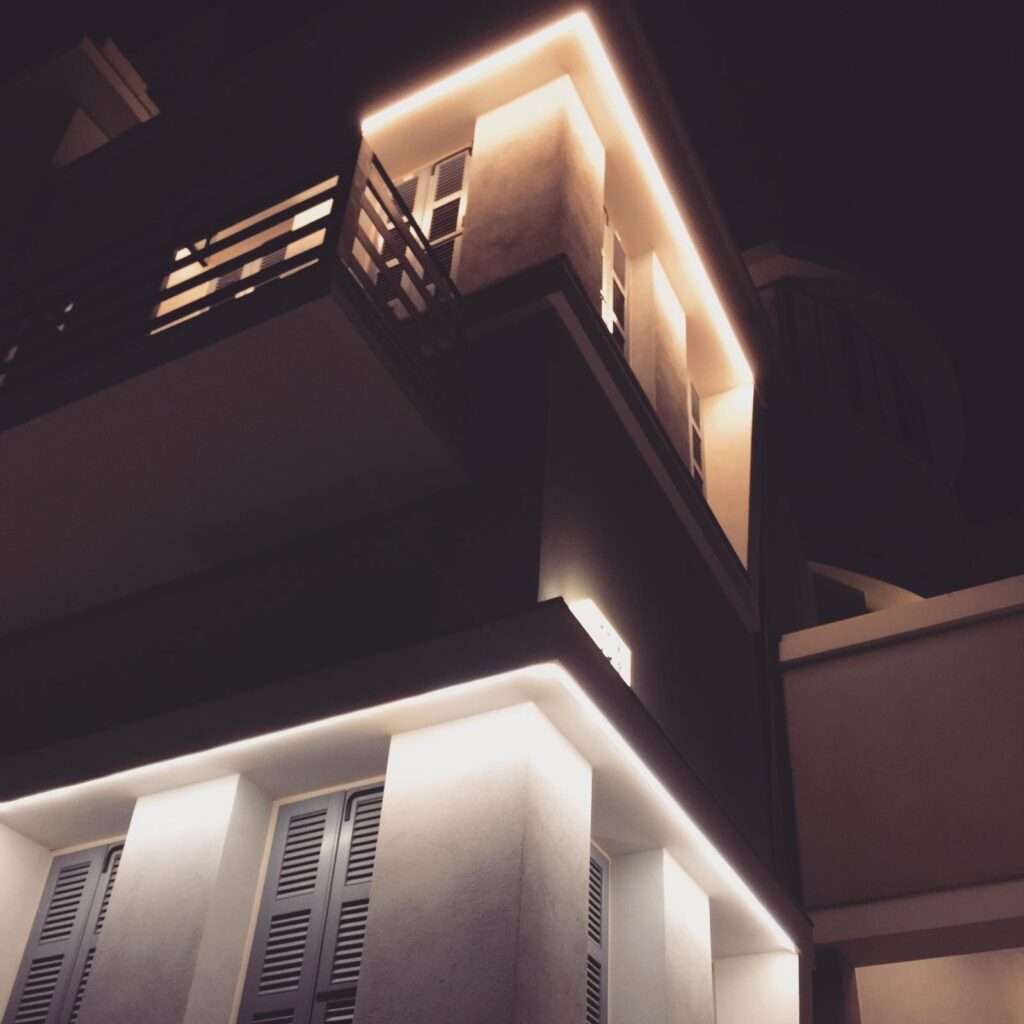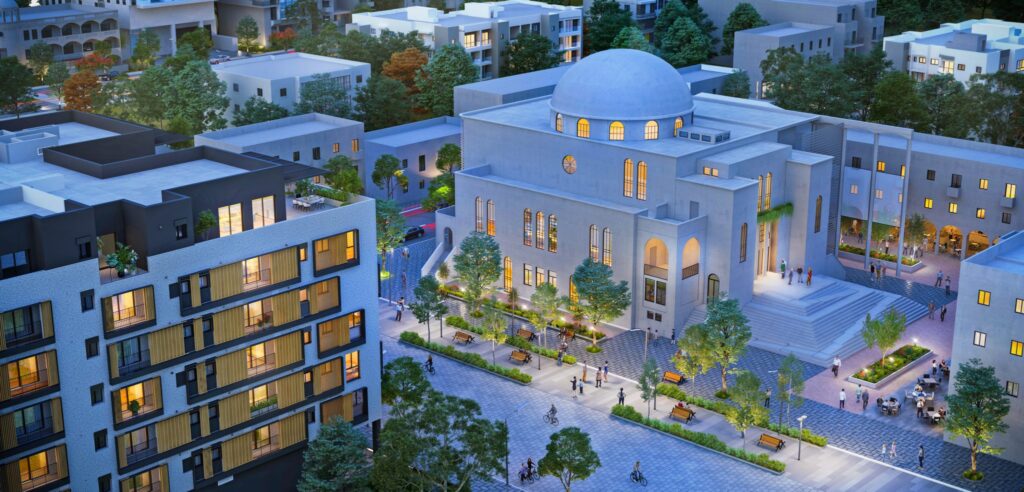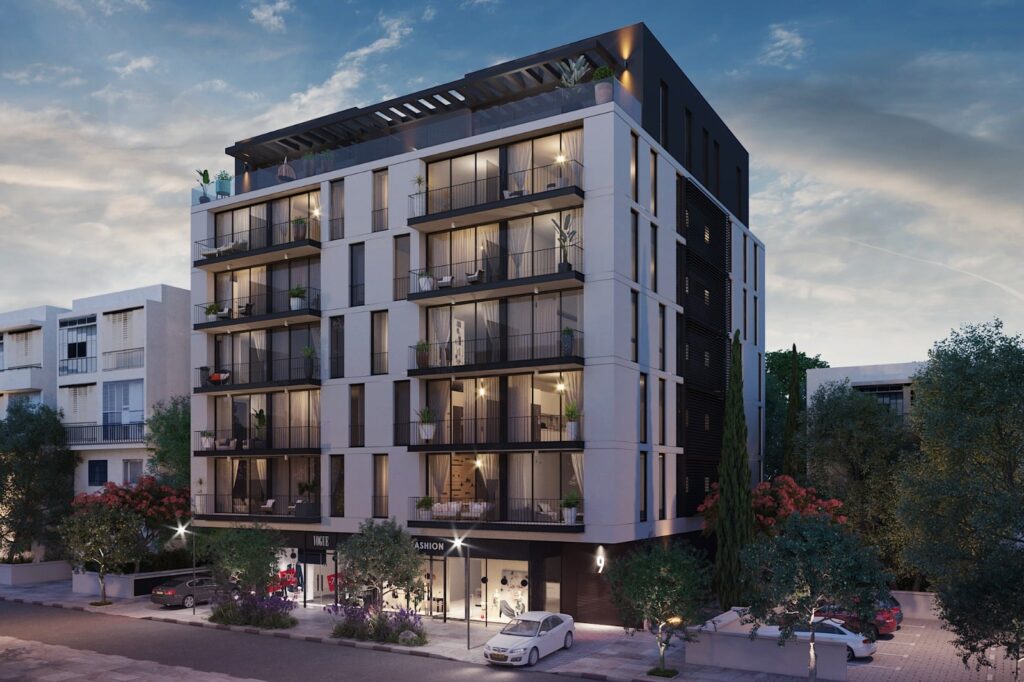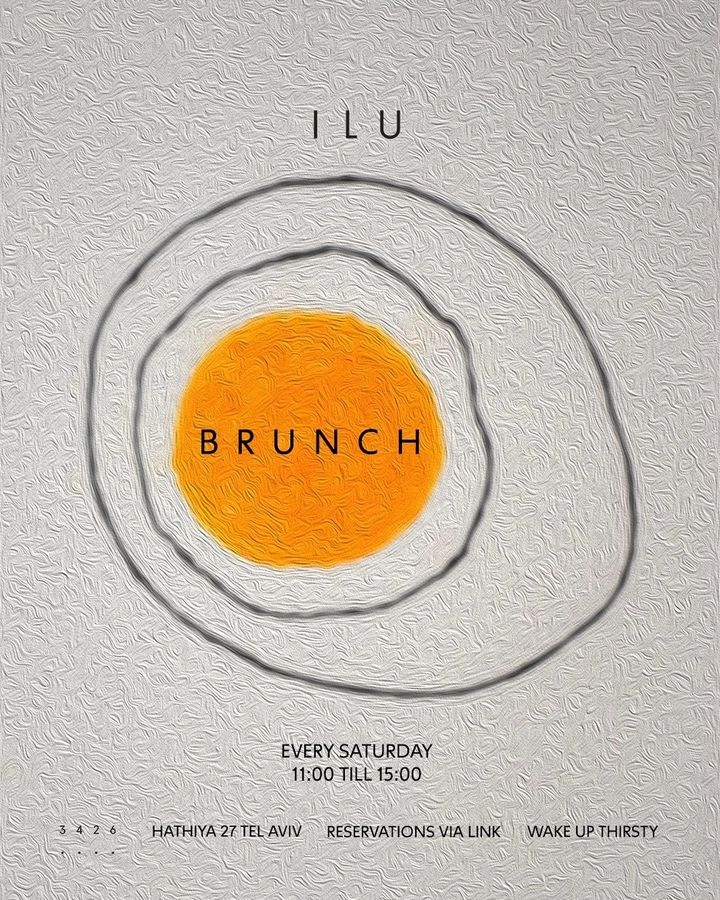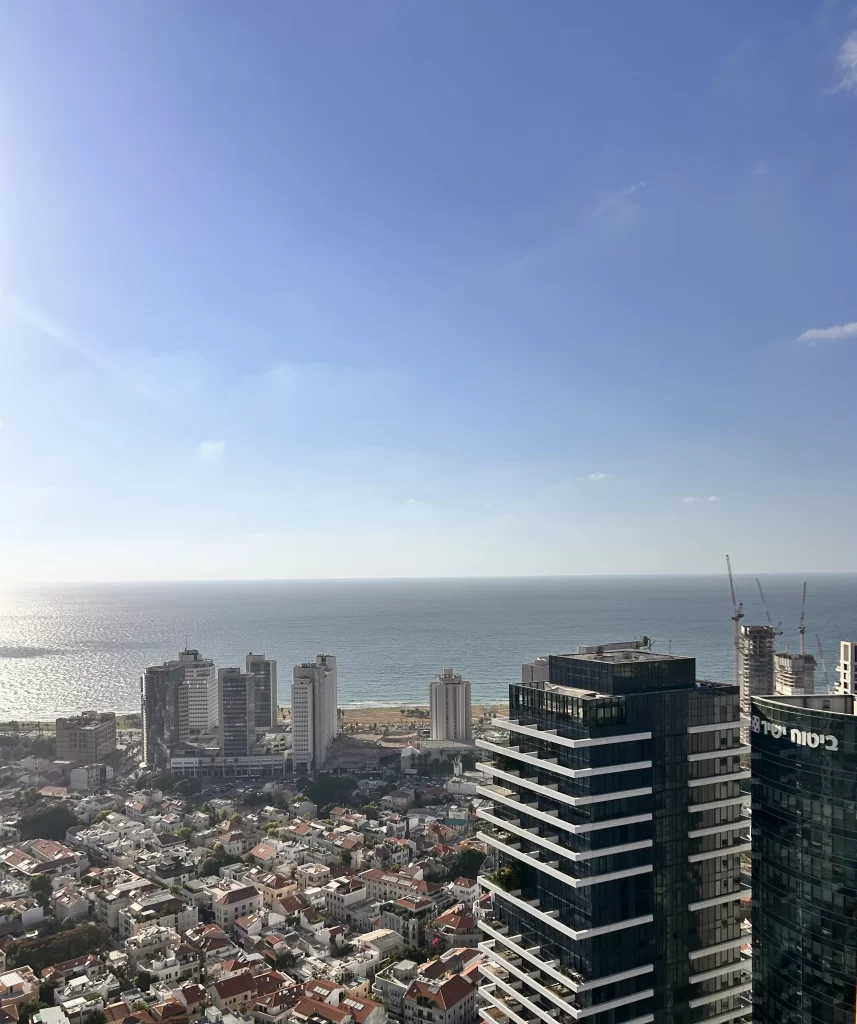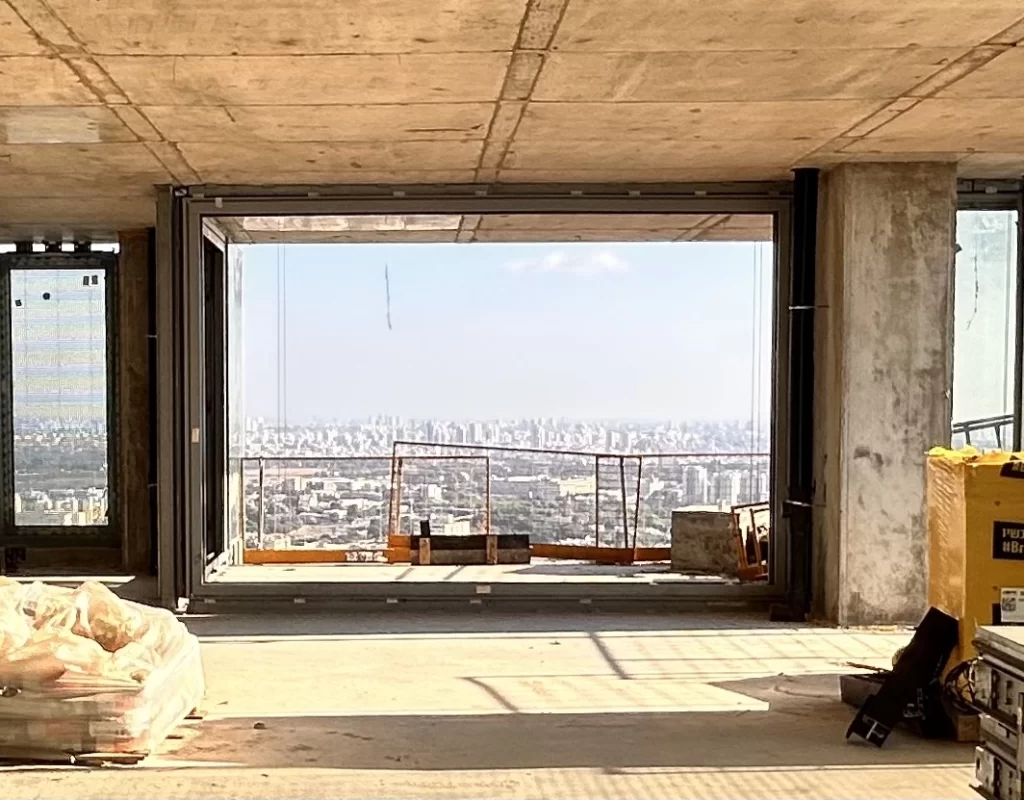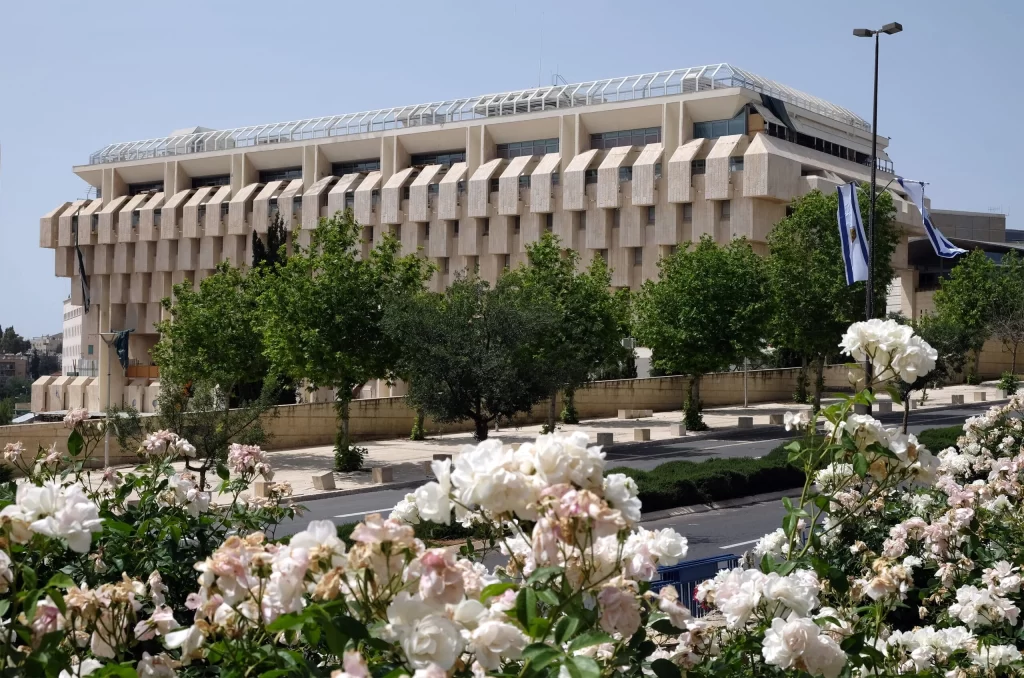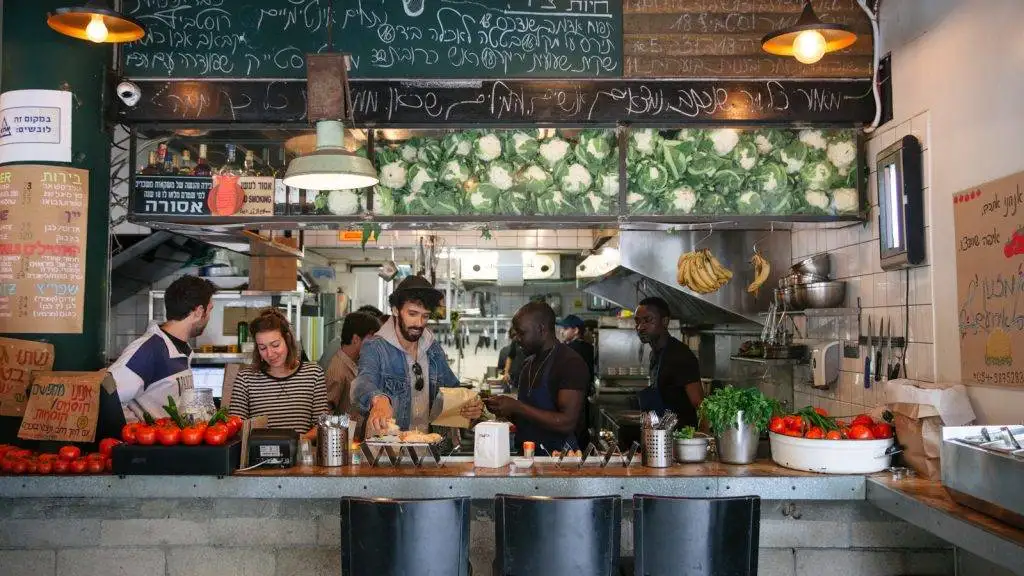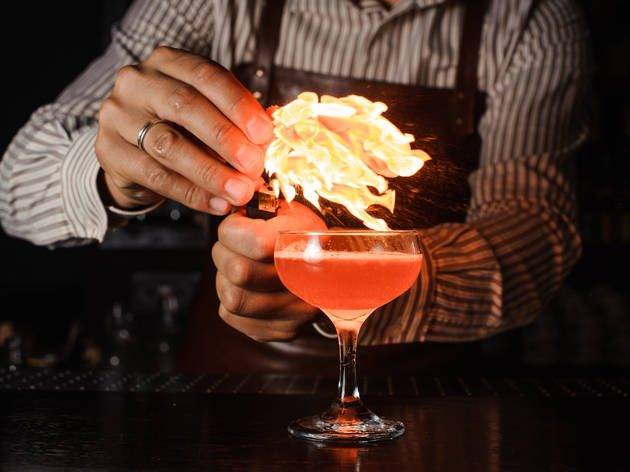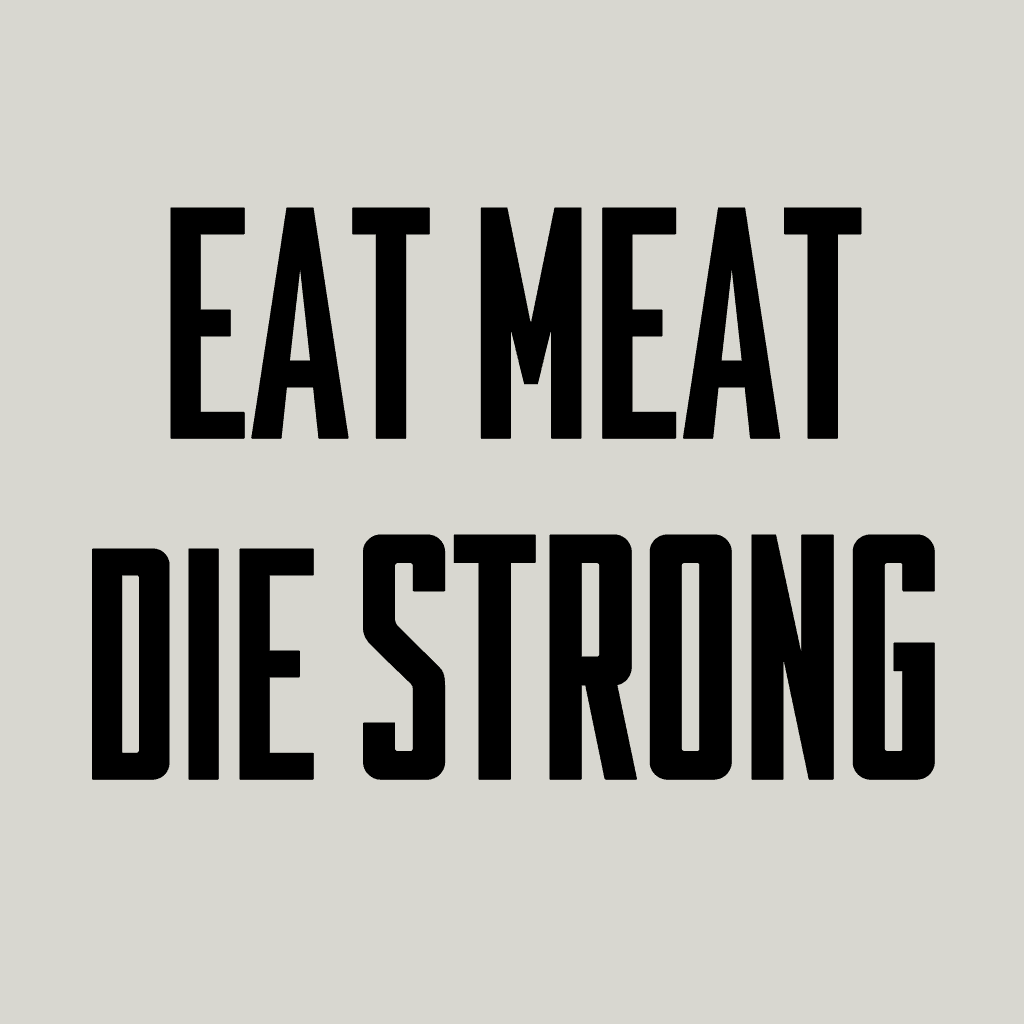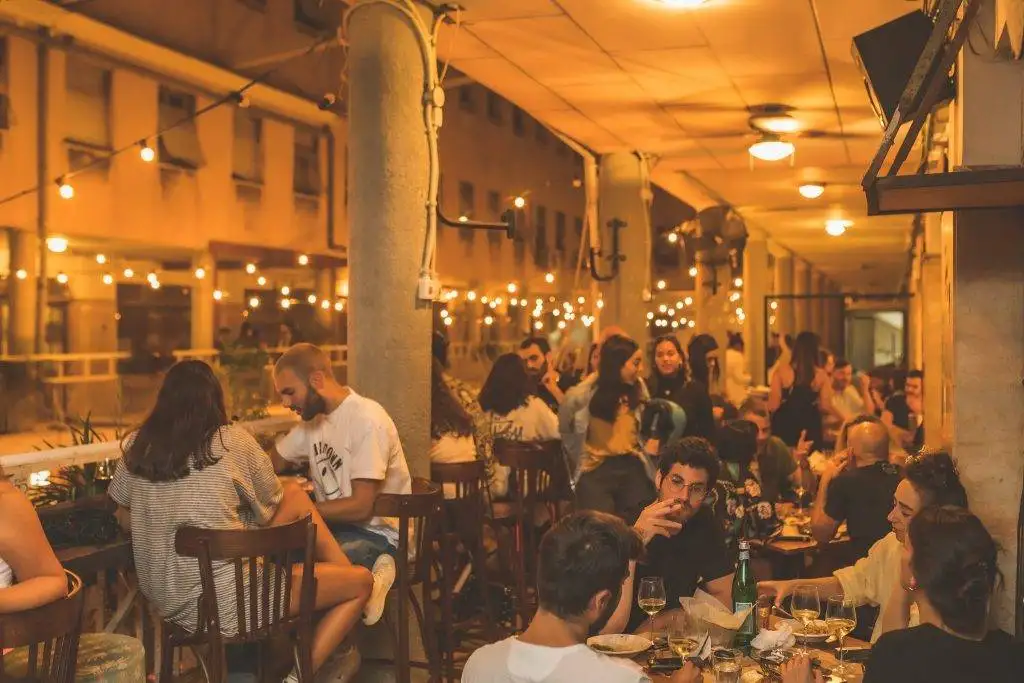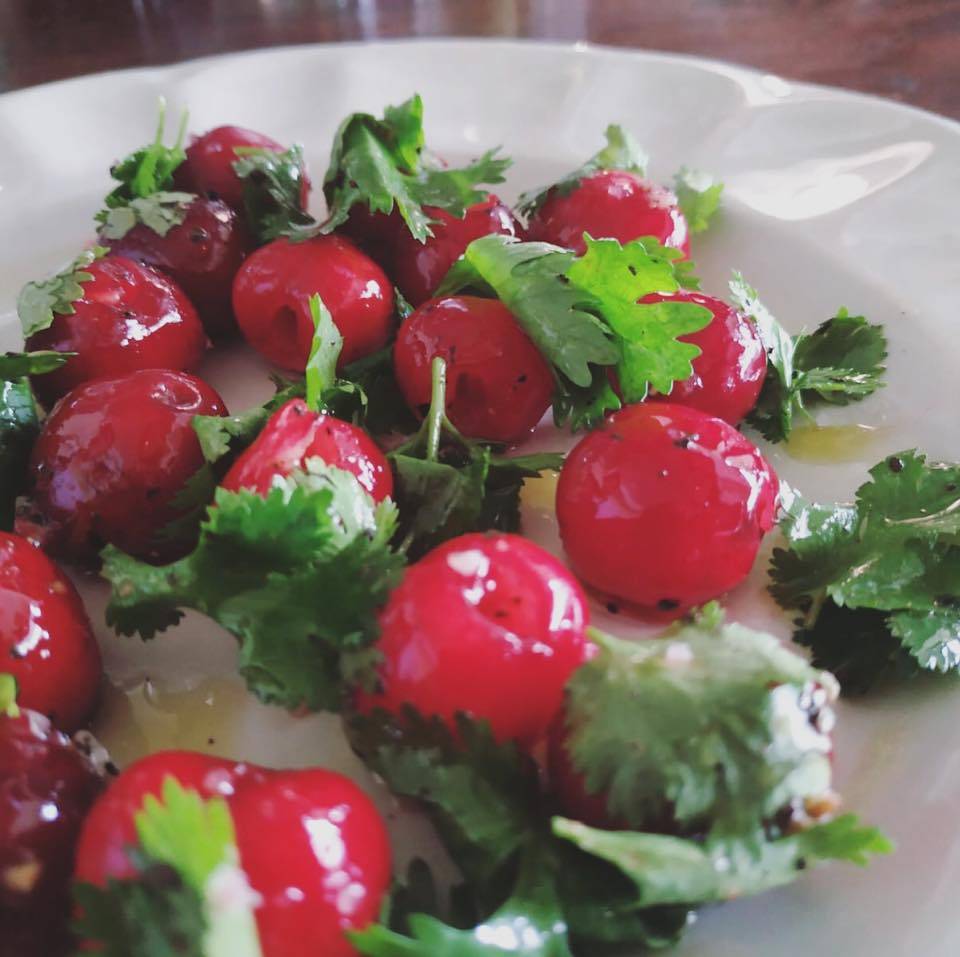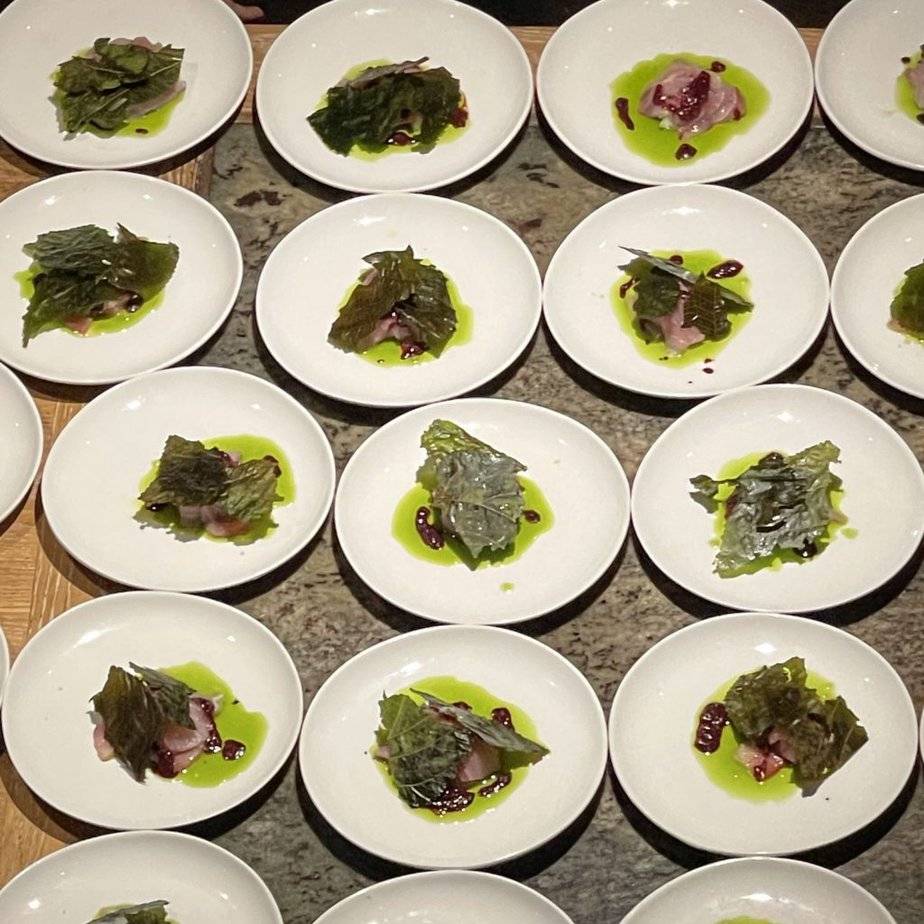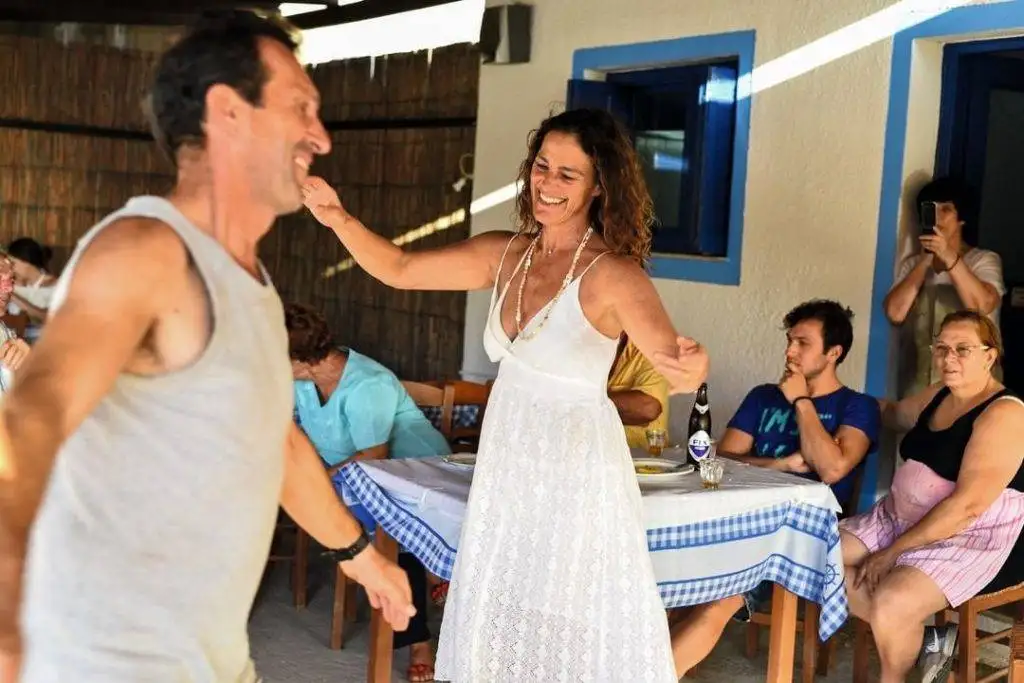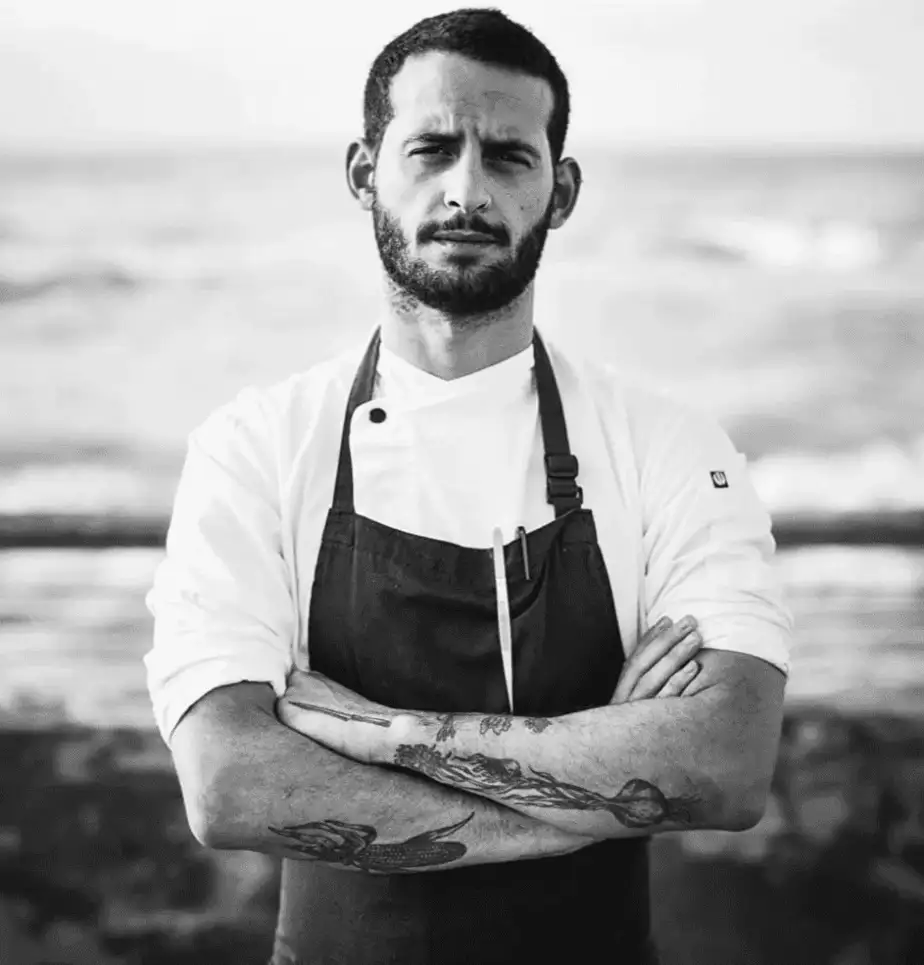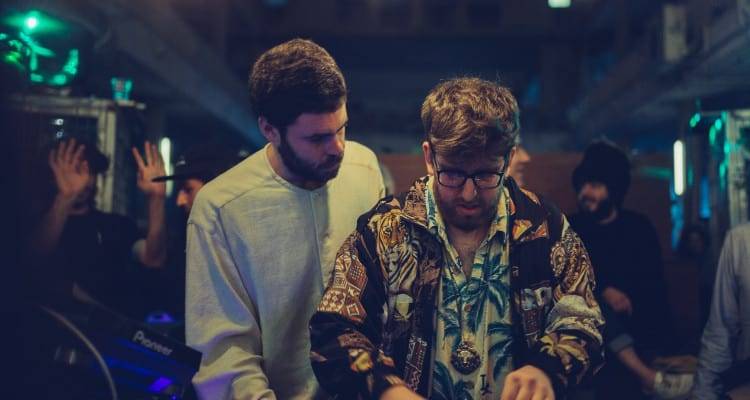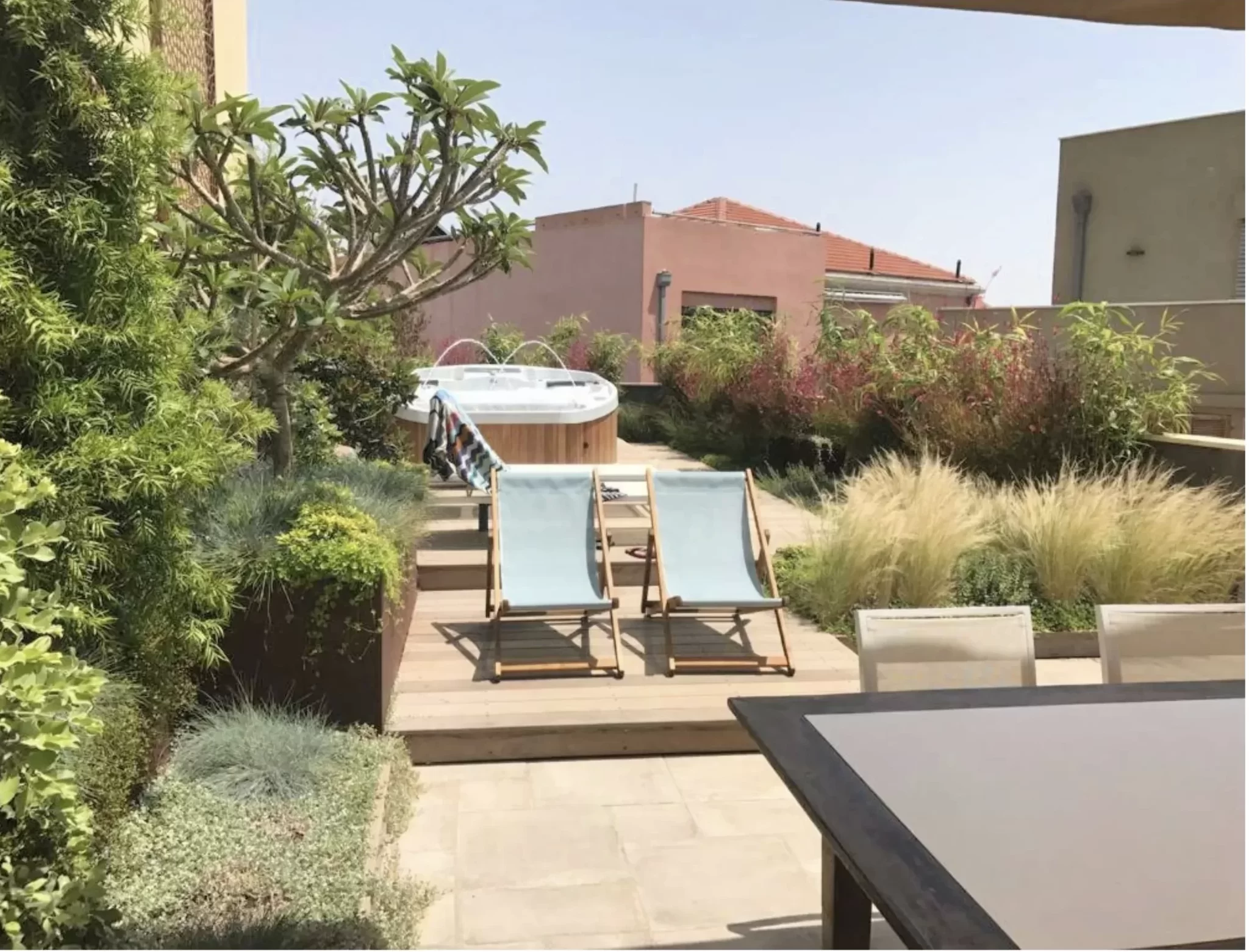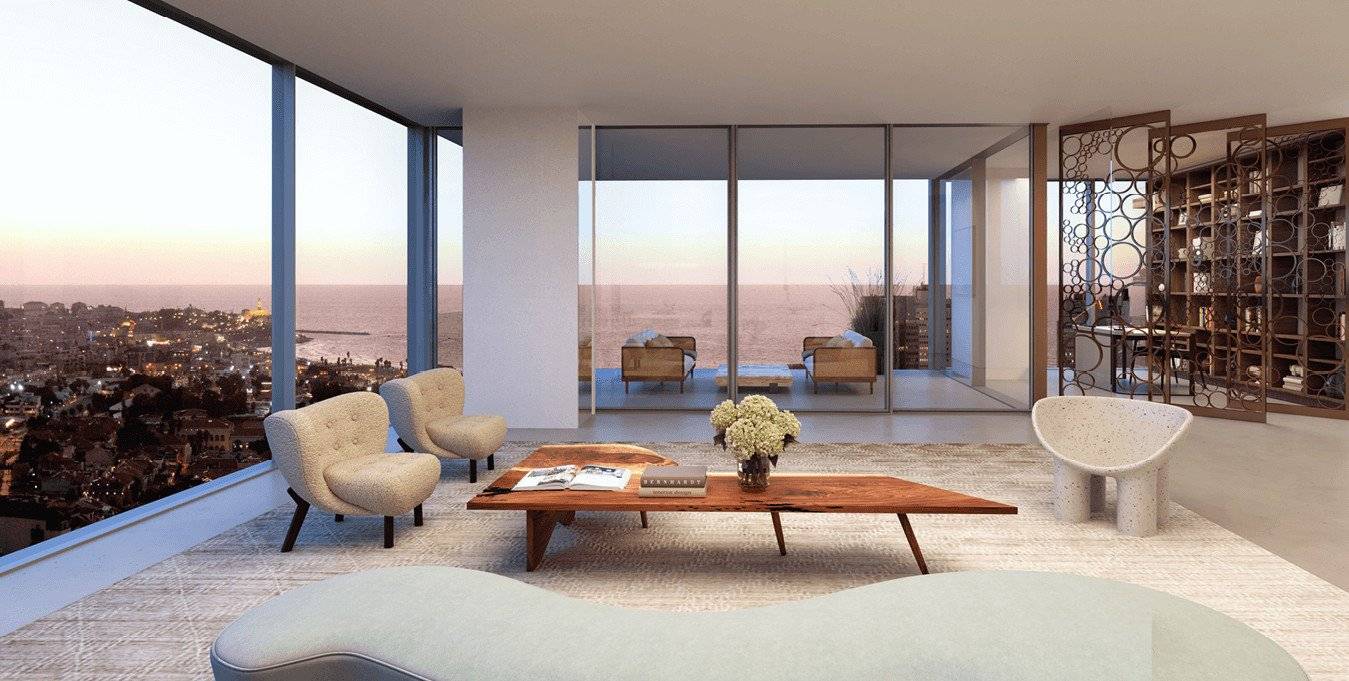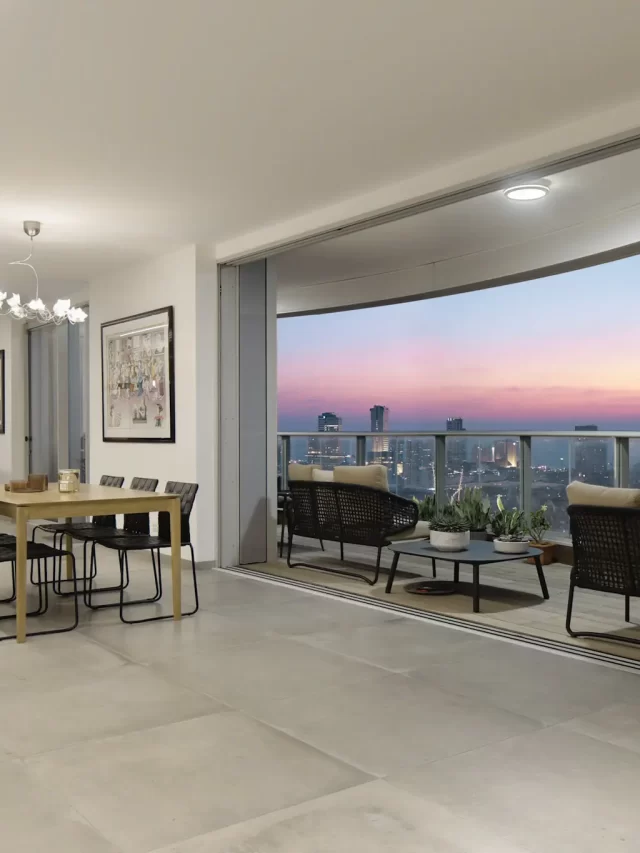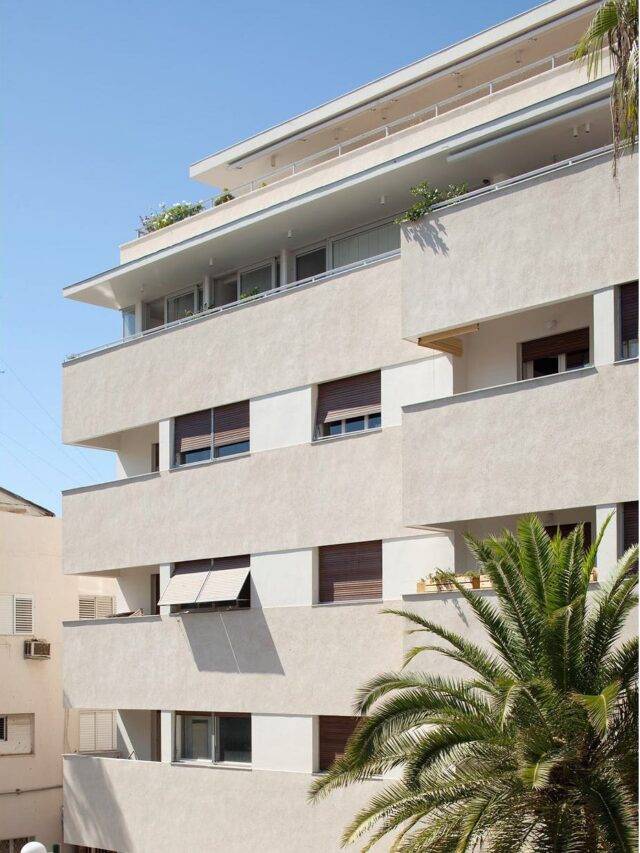Dizengoff Center: A Tel Aviv Icon
Introduction
Dizengoff Center is more than just a shopping mall; it’s a landmark in Tel Aviv that has evolved alongside the city itself. Situated in the City Center at the intersection of Dizengoff Street and King George Street, the center is a symbol of urban dynamism, architectural innovation, and cultural integration. This essay explores the history, architecture, urban planning, and design of Dizengoff Center, and delves into some fascinating facts about its impact on the city.
Dizengoff Center, the first shopping center in Israel, has become a phenomenon, an icon, a city within a city. “The Center” is more than a shrine for consumption or a shopping place, for many people it’s a place they call “a home”.
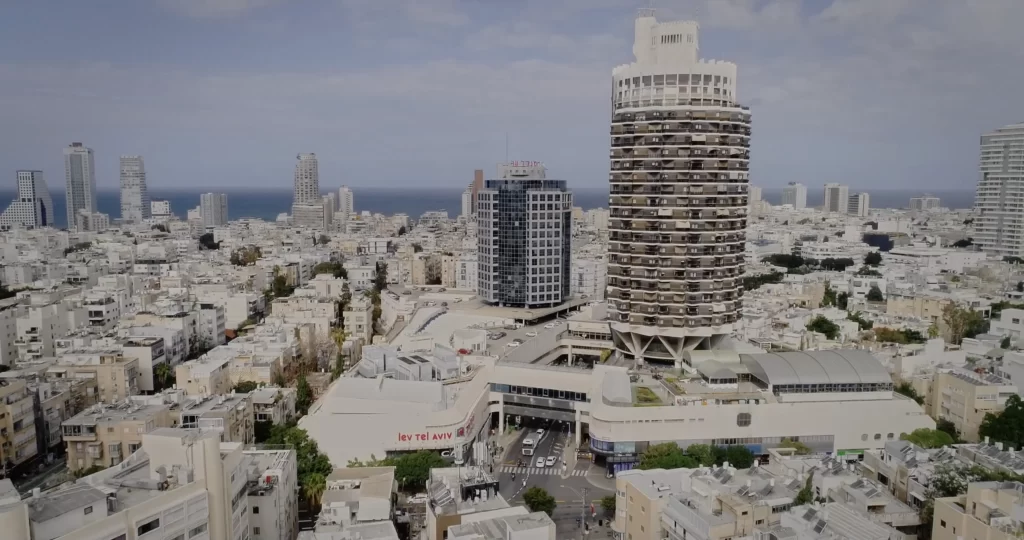
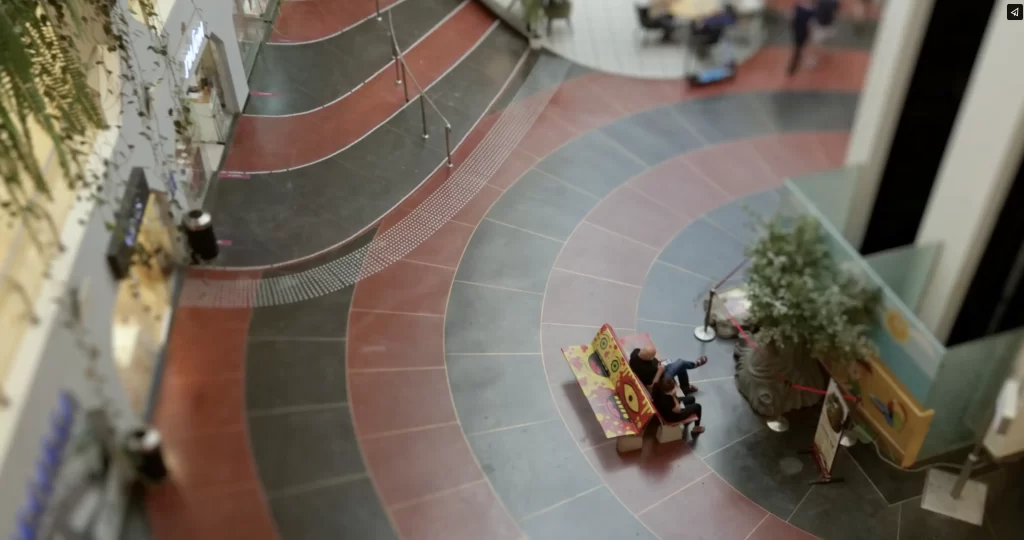
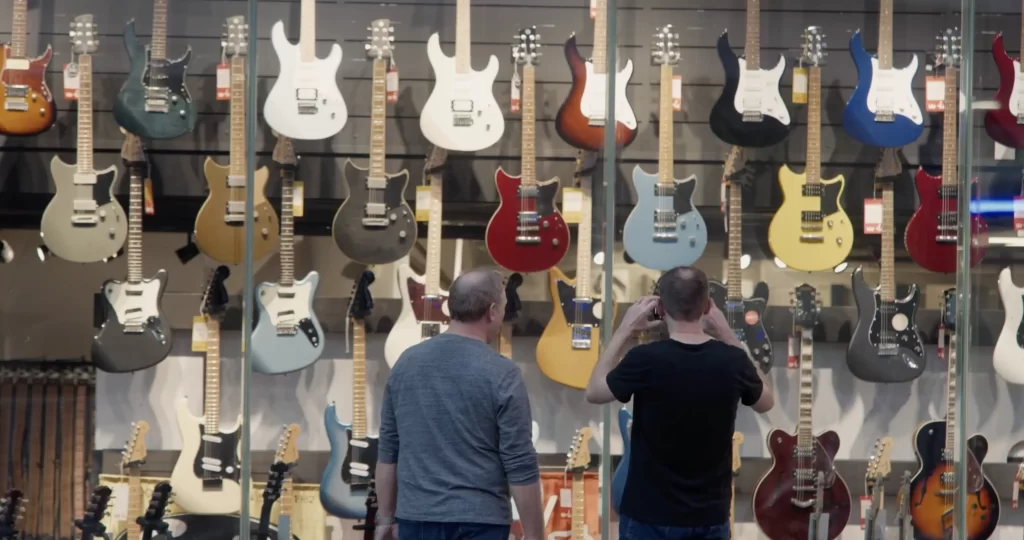
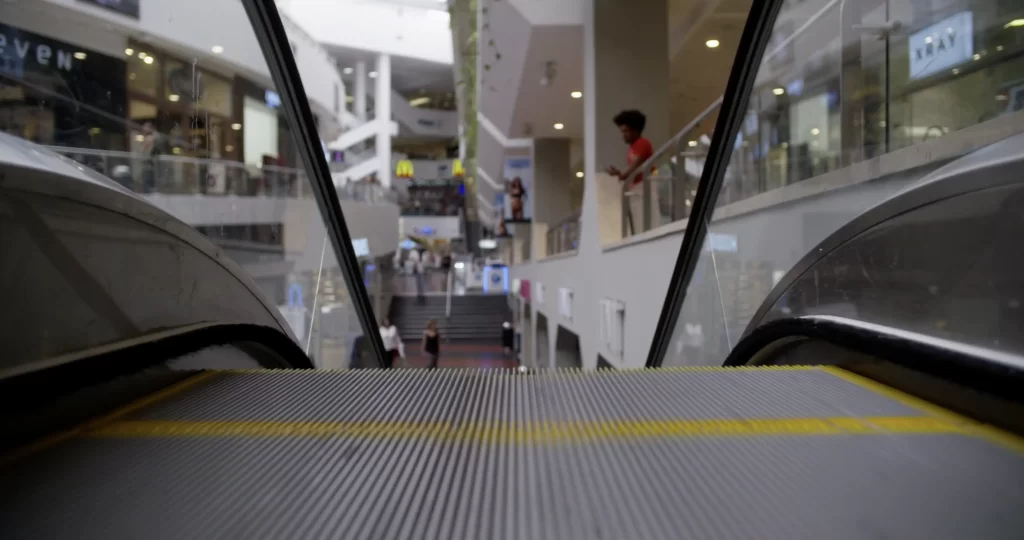
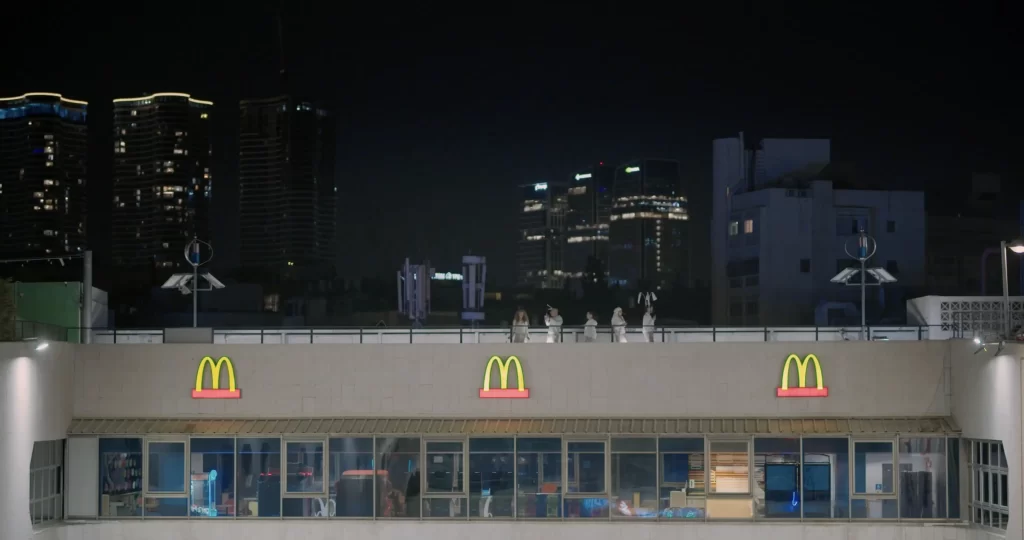
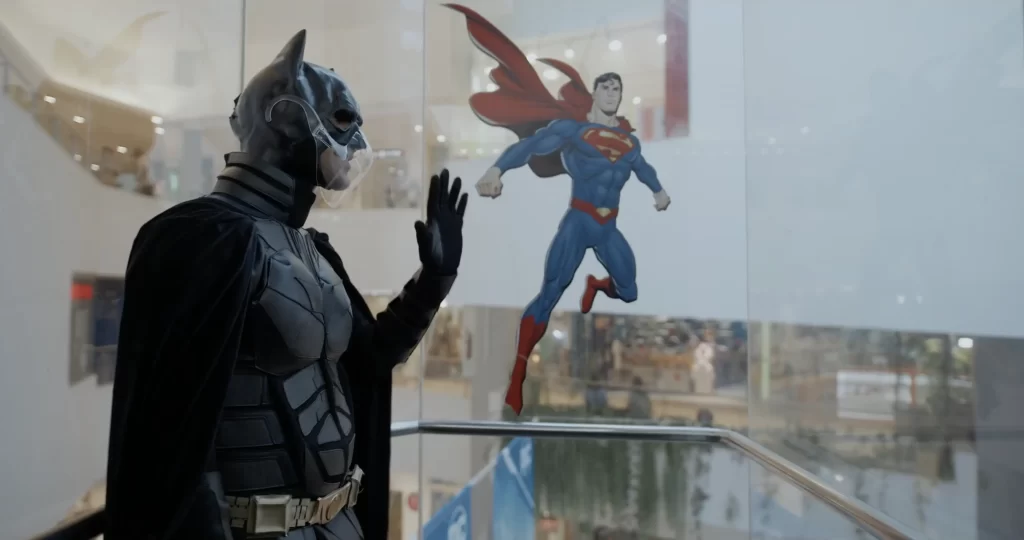
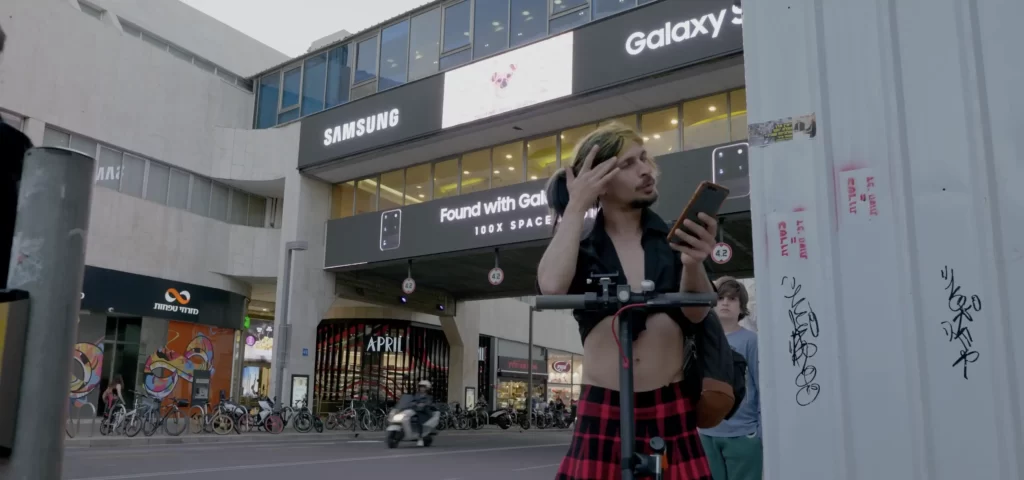
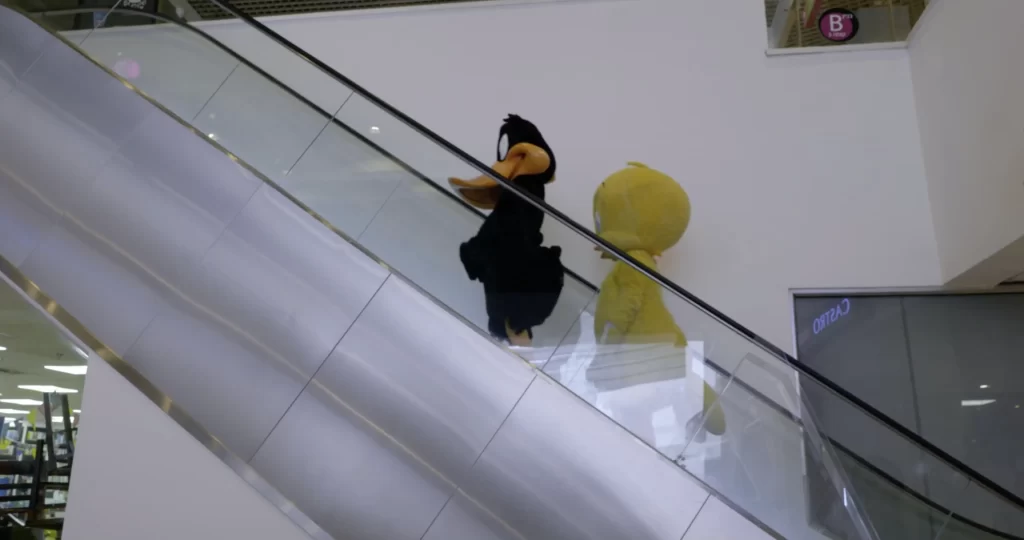
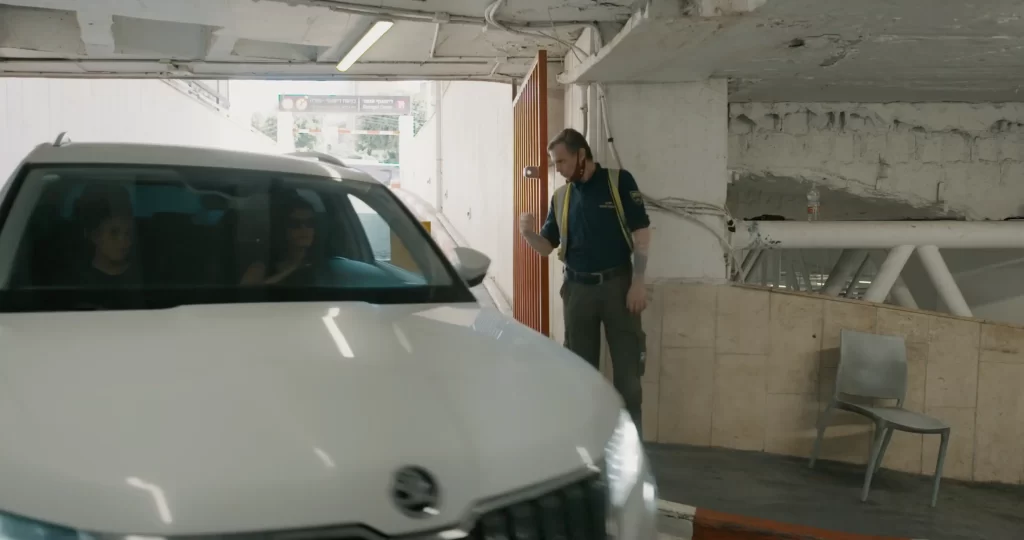
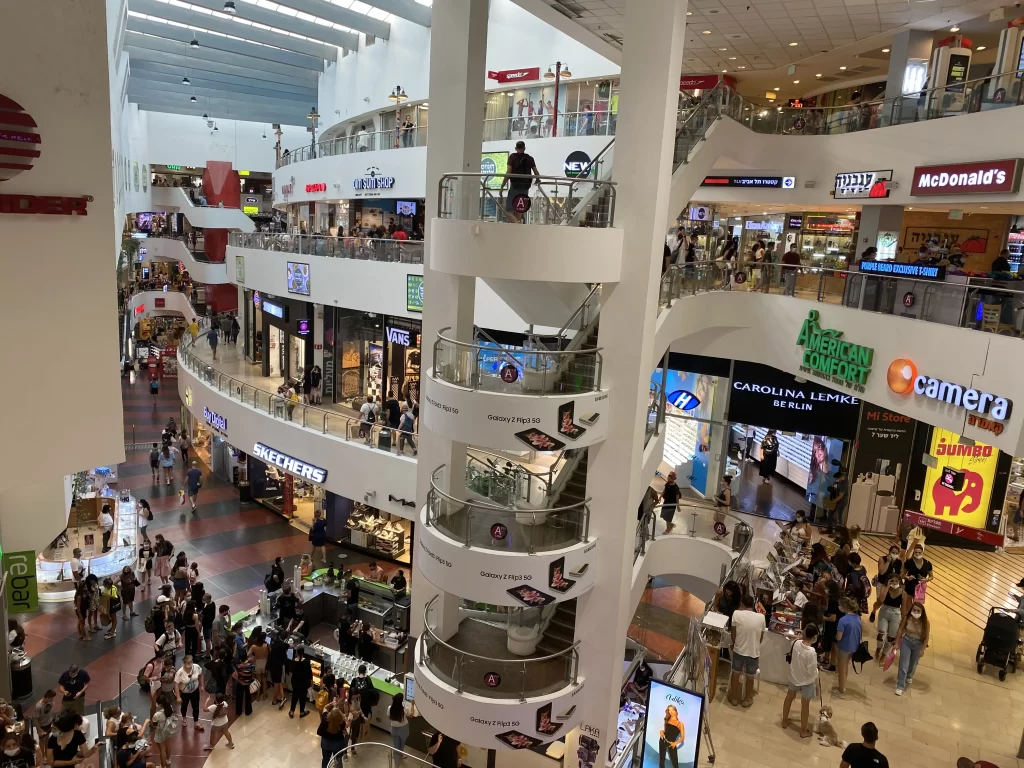
History
Origins
Dizengoff Center’s history dates back to the early 1970s. It was the brainchild of Arieh Pincus, a businessman who envisioned a shopping and entertainment complex that would revitalize the city’s center. The project was ambitious, aiming to transform the relatively quiet Dizengoff Street into a bustling commercial hub.
Construction began in 1972, and the center officially opened its doors in 1977. The center was named after Meir Dizengoff, the first mayor of Tel Aviv, symbolizing a tribute to his vision for the city. The project faced several challenges, including financial difficulties and public skepticism, but Pincus’s determination saw it through to completion.
Architecture
Design and Style
Dizengoff Center’s architecture is a unique blend of Brutalism and modernism, reflecting the prevailing styles of the 1970s. The architects behind the project, Yitzhak Yashar and Arieh Elhanani, designed the complex with a distinctive look characterized by its use of raw concrete and geometric forms. The center’s architecture was meant to convey a sense of solidity and modernity, aligning with the rapid development of Tel Aviv at the time.
One of the most notable features of Dizengoff Center is its labyrinthine layout. Unlike traditional malls with straightforward linear designs, Dizengoff Center’s layout is complex and multi-level, almost maze-like. This design choice was intentional, aiming to encourage exploration and discovery, as shoppers navigate through a network of interconnected corridors, passages, and bridges.
Key Architectural Elements
- Brutalist Aesthetics: The center’s raw concrete facade and utilitarian design elements are hallmarks of Brutalism. This architectural style, though often criticized for its stark appearance, was chosen for its durability and the sense of strength it imparts.
- Glass Atriums: The use of large glass atriums allows natural light to flood the interior spaces, creating an inviting atmosphere despite the Brutalist exterior.
- Interconnected Bridges: The bridges that connect different sections of the mall are both functional and symbolic, representing the interconnectedness of the urban environment.
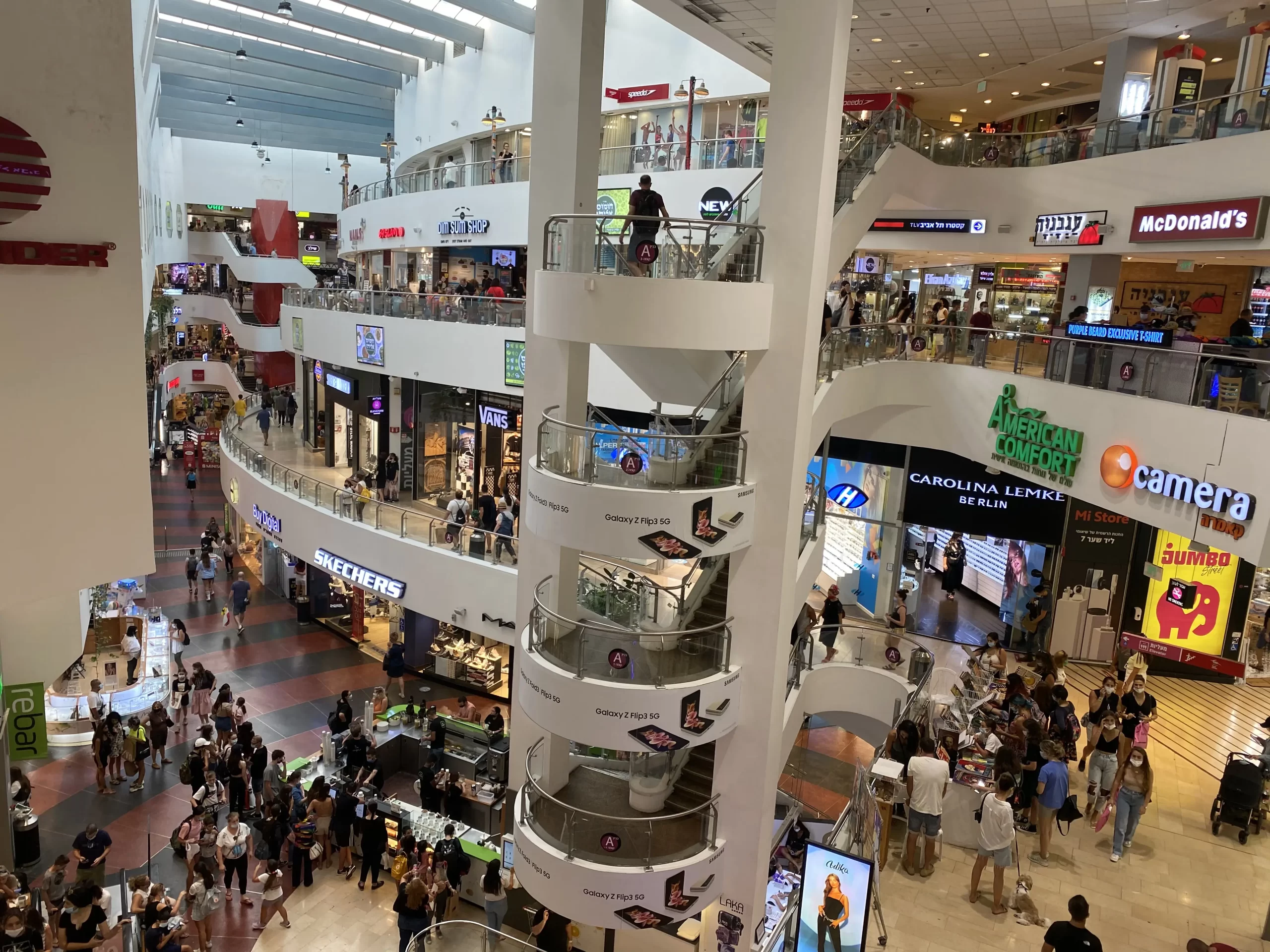
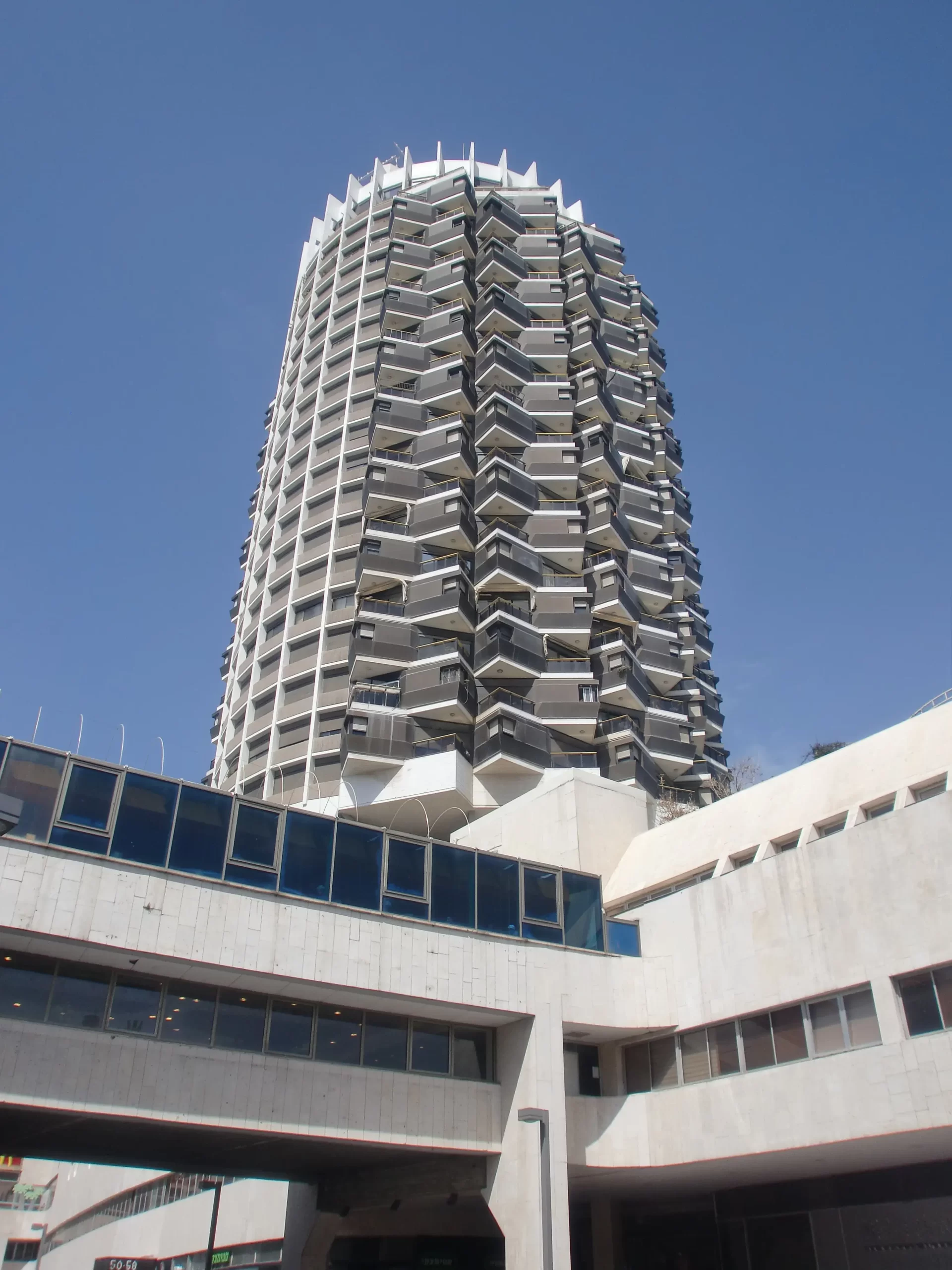
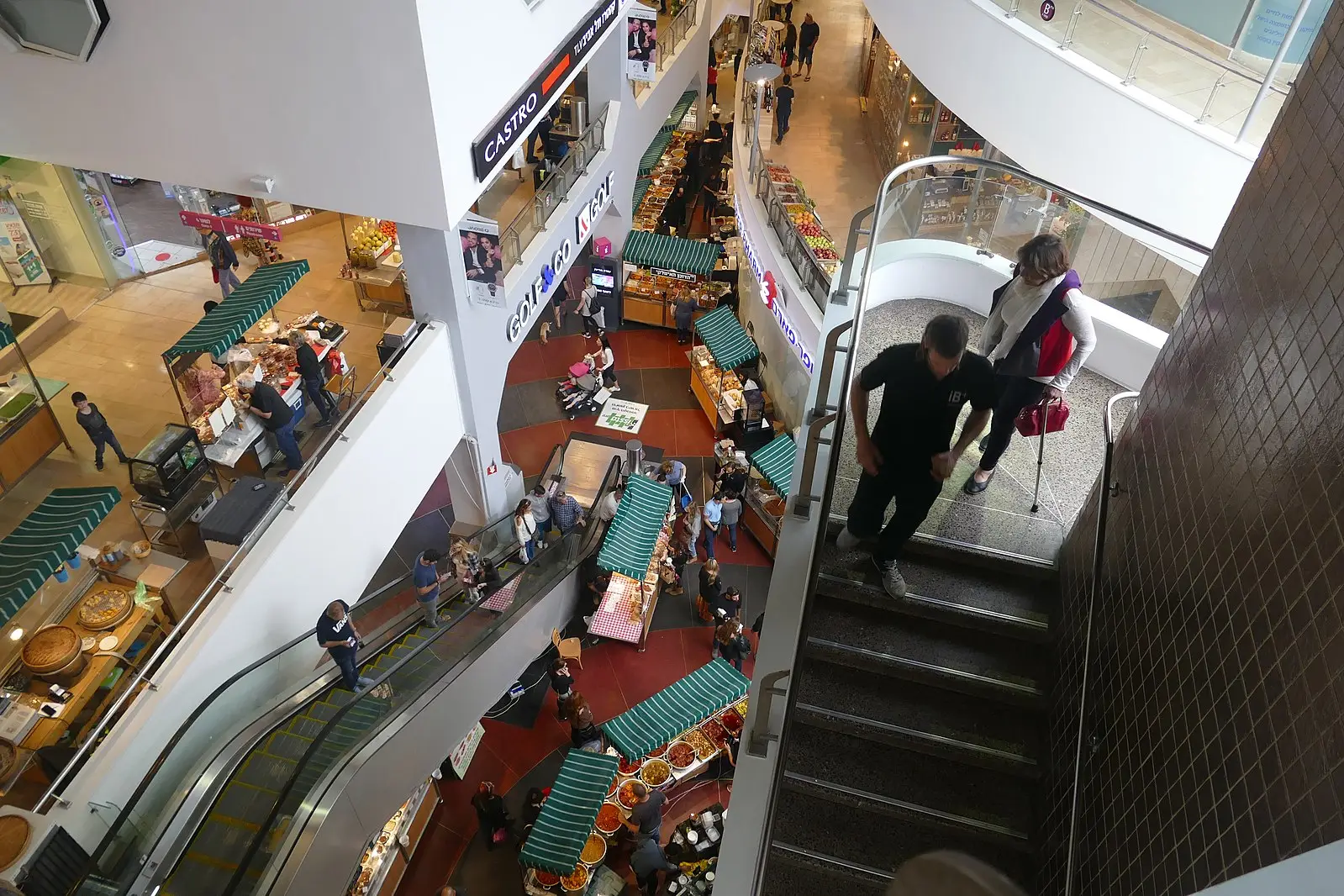
Urban Plan
Integration with the City
Dizengoff Center was designed to be more than just a shopping destination; it was envisioned as an integral part of the urban fabric of Tel Aviv. The center’s location at a major intersection ensures its accessibility, making it a focal point for both residents and visitors.
The urban plan incorporated several elements to ensure seamless integration with the surrounding cityscape:
- Pedestrian Accessibility: Multiple entrances and exits connect the center to adjacent streets, facilitating easy pedestrian flow. This design encourages foot traffic from nearby neighborhoods and enhances the center’s role as a community hub.
- Public Spaces: The center includes several public spaces, such as plazas and courtyards, which serve as gathering spots for social activities and events.
- Mixed-Use Development: Dizengoff Center is not just a commercial space; it includes residential units, offices, and recreational facilities. This mixed-use approach enhances the center’s vibrancy and ensures a constant flow of people throughout the day and night.
Impact on Urban Development
The establishment of Dizengoff Center marked a significant shift in Tel Aviv’s urban development. Prior to its construction, the area was relatively underdeveloped. The center’s success spurred further development in the vicinity, leading to the emergence of new businesses, restaurants, and cultural venues.
The center also influenced urban planning trends in Tel Aviv, demonstrating the viability of mixed-use developments and the importance of integrating commercial spaces with public amenities. This approach has since been replicated in various projects across the city.
Design
Interior Design
The interior design of Dizengoff Center is as dynamic as its exterior architecture. The mall’s interior spaces are characterized by their eclectic mix of styles and influences, creating a vibrant and stimulating environment.
- Art Installations: The center frequently hosts art installations and exhibitions, showcasing the work of local and international artists. These installations add a cultural dimension to the shopping experience and reflect Tel Aviv’s artistic spirit.
- Thematic Zones: Different sections of the mall are designed with distinct themes, creating a sense of variety and novelty. This approach not only enhances the aesthetic appeal but also helps orient shoppers within the complex layout.
- Interactive Elements: Dizengoff Center includes several interactive elements, such as digital kiosks, play areas for children, and performance stages. These features make the mall a dynamic and engaging space for visitors of all ages.
Sustainability Initiatives
In recent years, Dizengoff Center has embraced sustainability as a core aspect of its design and operation. The center has implemented several green initiatives, such as:
- Energy-Efficient Lighting: The use of LED lighting and automated systems helps reduce energy consumption.
- Recycling Programs: The center has established comprehensive recycling programs for waste management, encouraging both tenants and visitors to participate.
- Green Roofs: The installation of green roofs helps improve air quality, reduce the urban heat island effect, and provide insulation for the building.
Fun Facts
Historical Trivia
- Cinema Legacy: Dizengoff Center was home to one of Tel Aviv’s most iconic cinemas, the Dizengoff Cinema, which operated from 1977 until its closure in 1993. The cinema was famous for its midnight screenings and cult film festivals.
- Celebrity Visits: Over the years, Dizengoff Center has hosted numerous celebrities and public figures, including international movie stars and politicians, making it a hotspot for fans and media alike.
Cultural Impact
- Fashion Hub: Dizengoff Center is renowned for its vibrant fashion scene, hosting several fashion shows and events throughout the year. It is also home to many local designers’ boutiques, contributing to Tel Aviv’s reputation as a fashion capital.
- Food Market: The center’s food market is a popular attraction, offering a diverse array of culinary delights. From traditional Israeli cuisine to international flavors, the market reflects the city’s multiculturalism.
Architectural Curiosities
- Underground Passageways: Beneath the center lies a network of underground passageways that connect the different sections. These passageways were initially designed for logistical purposes but have since become part of the shopping experience.
- Rooftop Farm: In a unique twist, Dizengoff Center hosts a rooftop urban farm where various vegetables and herbs are grown. This initiative promotes urban agriculture and provides fresh produce for some of the center’s restaurants.
Impact on the City
Economic Contributions
Dizengoff Center has been a significant economic driver for Tel Aviv. It attracts millions of visitors annually, contributing to the city’s economy through retail sales, tourism, and employment. The center’s success has also encouraged investment in the surrounding areas, leading to broader economic development.
Social and Cultural Hub
Beyond its economic impact, Dizengoff Center serves as a social and cultural hub for Tel Aviv. It is a place where people from diverse backgrounds come together, fostering a sense of community and shared identity. The center’s events and activities, ranging from fashion shows to art exhibitions, enrich the city’s cultural landscape and provide a platform for creative expression.
Urban Renewal
The development of Dizengoff Center played a crucial role in the urban renewal of central Tel Aviv. Prior to its construction, the area was characterized by dilapidated buildings and a lack of commercial activity. The center’s establishment catalyzed a wave of revitalization, transforming the neighborhood into a vibrant and desirable part of the city.
Conclusion
Dizengoff Center is more than just a shopping mall; it is a testament to Tel Aviv’s evolution as a modern, dynamic city. Its history, architecture, urban planning, and design reflect the city’s innovative spirit and commitment to progress. Through its economic contributions, cultural initiatives, and social impact, Dizengoff Center has left an indelible mark on Tel Aviv, solidifying its status as an iconic urban landmark.
As Tel Aviv continues to grow and change, Dizengoff Center remains a constant, adapting to new trends and challenges while preserving its unique character. It stands as a symbol of the city’s resilience, creativity, and unyielding drive to be at the forefront of urban development and cultural innovation.
Check out “The Center 2023” by Kobi Farag, Morris Ben-Mayor. The movie The Center discovers the story and the history of Dizengoff Center, layer by layer, from the ground it was built on, to the top floor and the secrets this place withholds.
